
Can You Master ITIL® 4 Foundation in Just 2 Weeks with ScholarAcad?
- Thu 23, Oct 2025
_1718198115_3e80b2ee31b234c26728.png)
It is analyzed that the previous edition of the ITIL focused on IT services. This version of ITIL 4 expands its management practices, which are enormously inclusive of culture, technology, and data management. Thus, this version reflects an overall change in ITIL 4 and operates diversely and dynamically.
Majorly there are three categories of ITIL 4 management practices:
General management practices
General management practices are inclusive of 14 management practices:
1. Architecture management
This practice helps organizations manage the complex ways in which their organizational architecture deals with various parts of the business.
This practice also facilitates principles, standards, and tools to manage modifications in a structured and agile way.
2. Continual improvement
Organizations must be able to align their processes and services as per the business needs and requirements.
The continual improvement practice helps organizations achieve such needs. This process also ensures that organisations are capable of identifying opportunities for improvement within services, service components, practices, or other parts of service management.
3. Information security management
This practice protects an organization's sensitive information from misuse. Information security management accomplishes the task of preventing breaches of the confidentiality, integrity, and availability of data.
In this context, keeping things hidden means that the data can only be seen by authorised parties. Those parties ensure that the information is accurate and that the data is used when required.
4. Knowledge management
This practice improvises the usage of data. It focuses on the convenience, effectiveness, and efficiency of knowledge and also the usage of data by organizations.
5. Measurement and reporting
In order to make wise decisions and continually improve the systems, organizations must conduct evidence-based research.
This practice facilitates a framework and gives recommendations about risk assessments and the collection of relevant data.
6. Organisational change management
The organization can implement the modifications generally recommended during this practice's continual improvement process.
It emphasises the human aspect of change management and the lasting benefits that can be achieved if individuals' challenges and opportunities arise.
7. Portfolio management
This practice takes care of the confidence that the organization has the right combination of programs, products, and services for the achievement of pre-defined goals.
This practice also keeps the accounts under consideration for the organization’s funding and resource constraints.
This practice helps organizations oversee ongoing projects and ensure they are delivered successfully.
It addresses the way projects are planned, delegated, monitored, and maintained. It also addresses the relationships between stakeholders and follows the objective of keeping those involved in the project.
9. Relationship management
Organizations must establish and nurture healthy relationships between stakeholders to make the project a success. This practice identifies, analyzes, monitors, and improves relationships continuously.
This practice helps organizations understand more about the risks and identify them, too. There are numerous ways to materialize the problems. Thus, it is essential that such problems are spotted at the right time for the prevention of disruption, financial consequences, and sustainability issues.


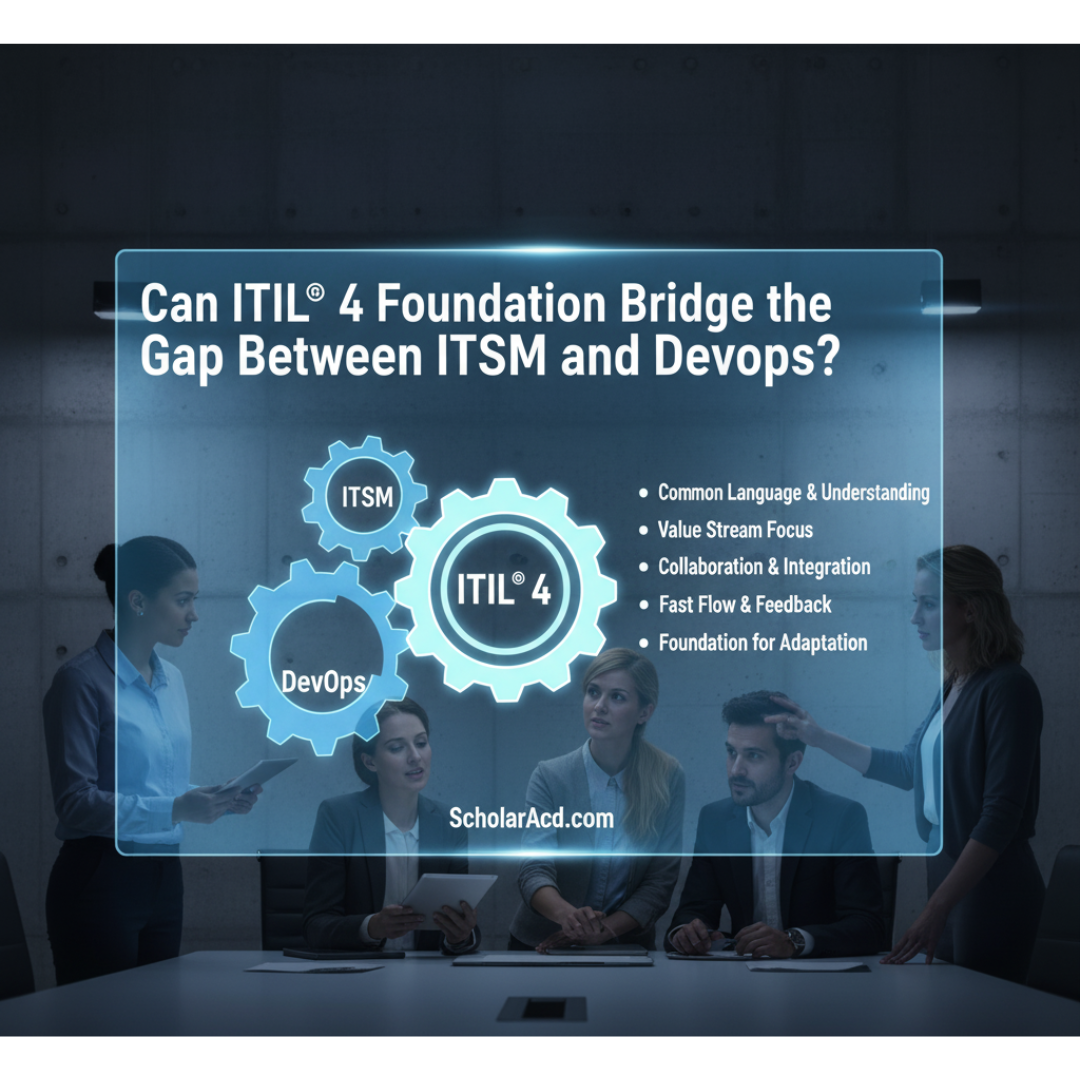
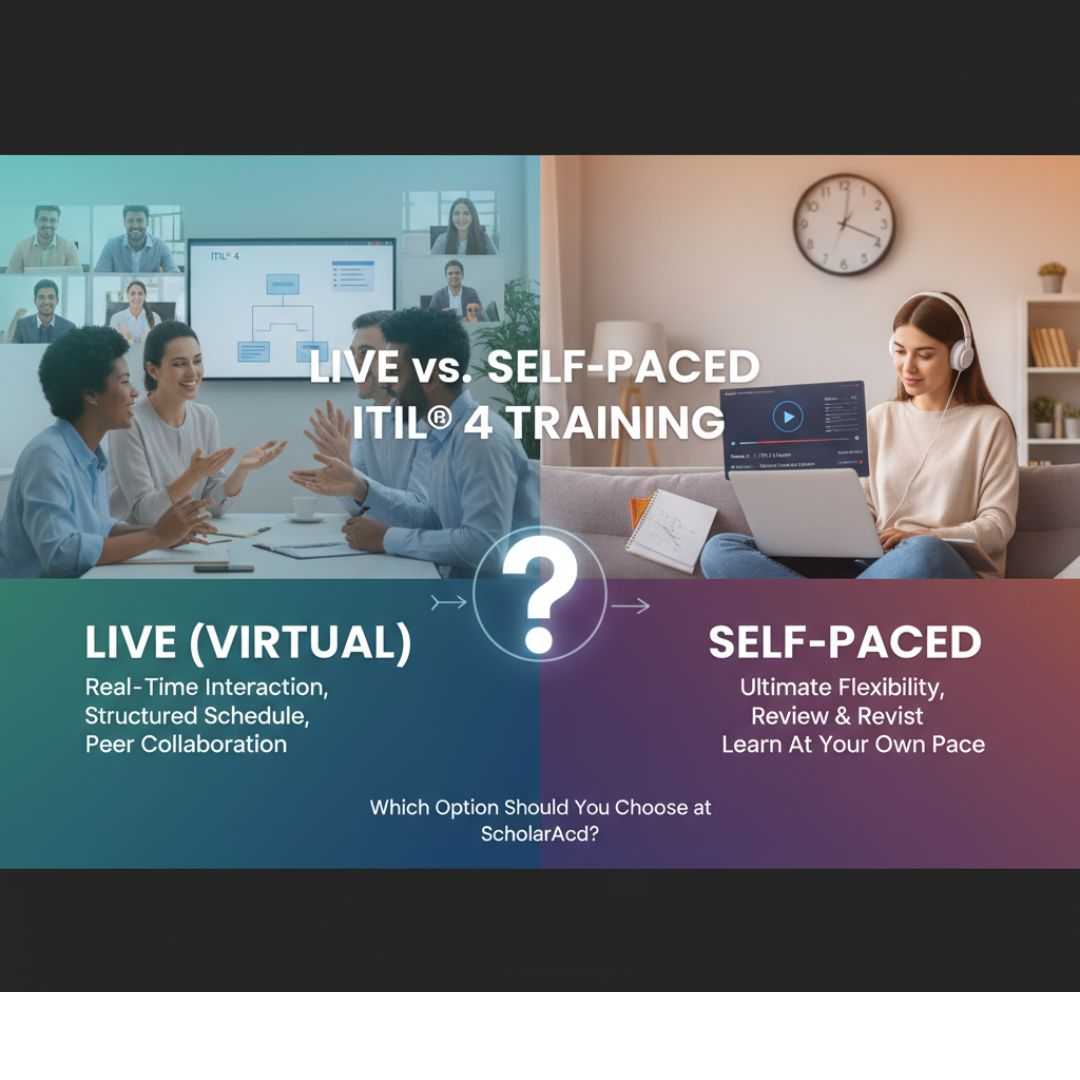


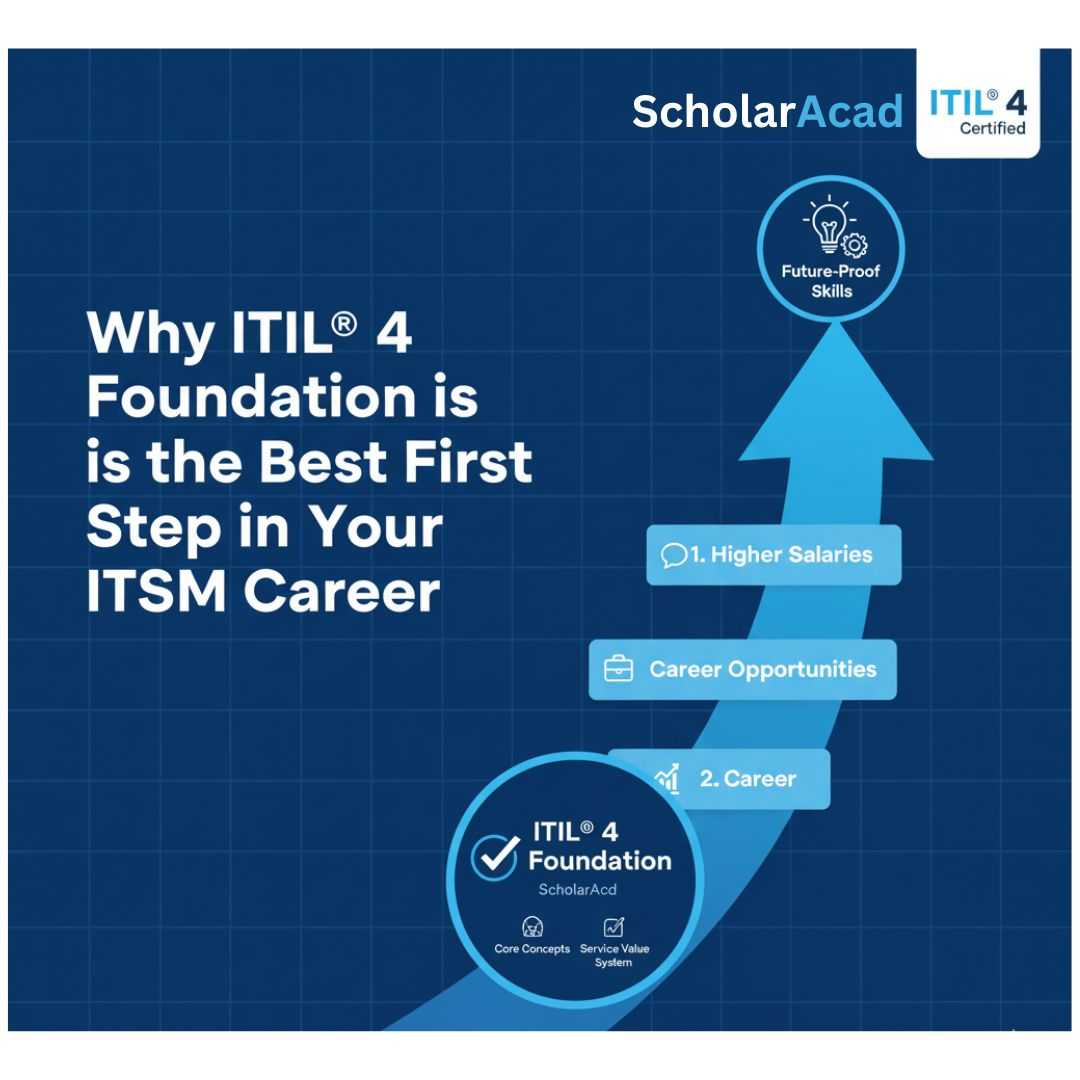
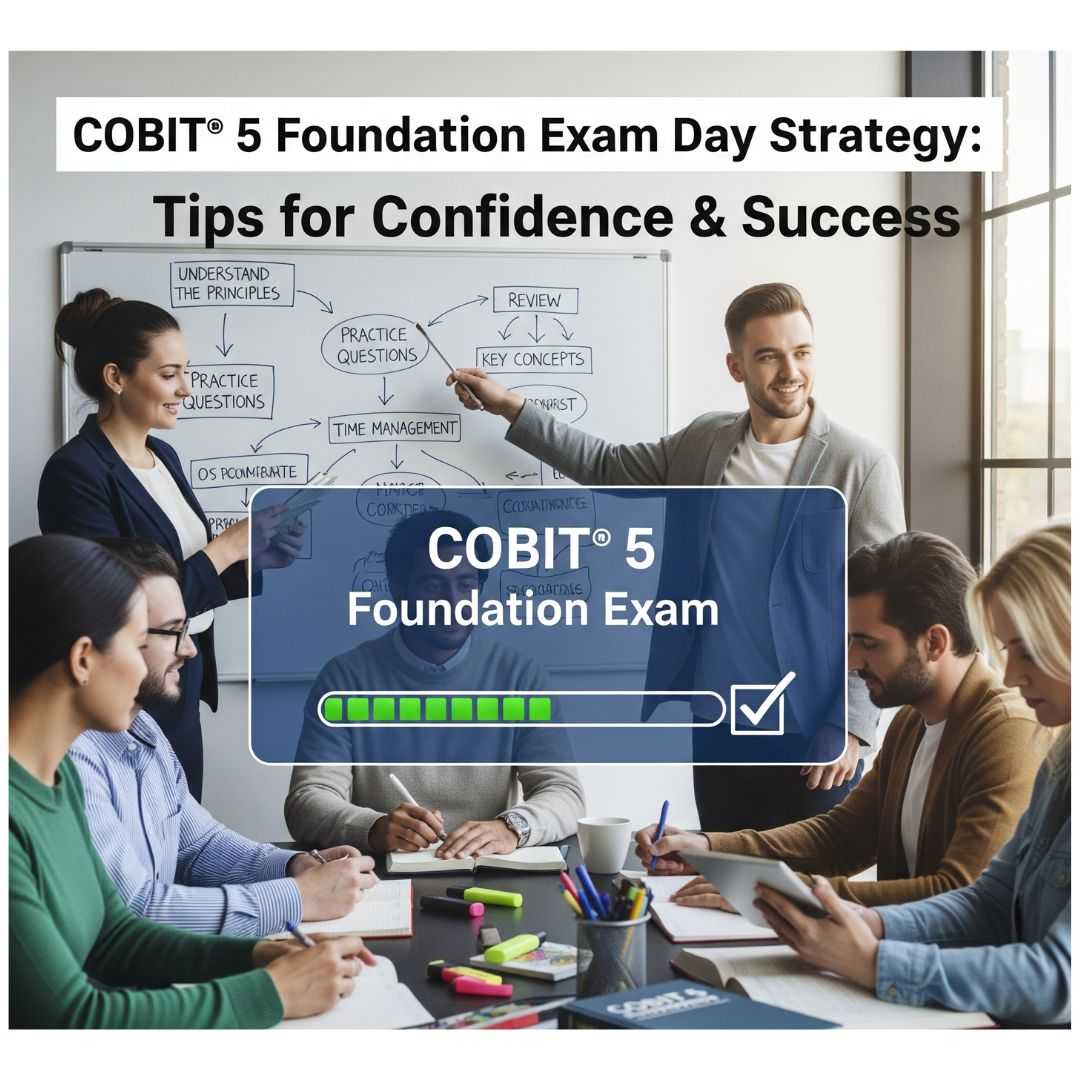
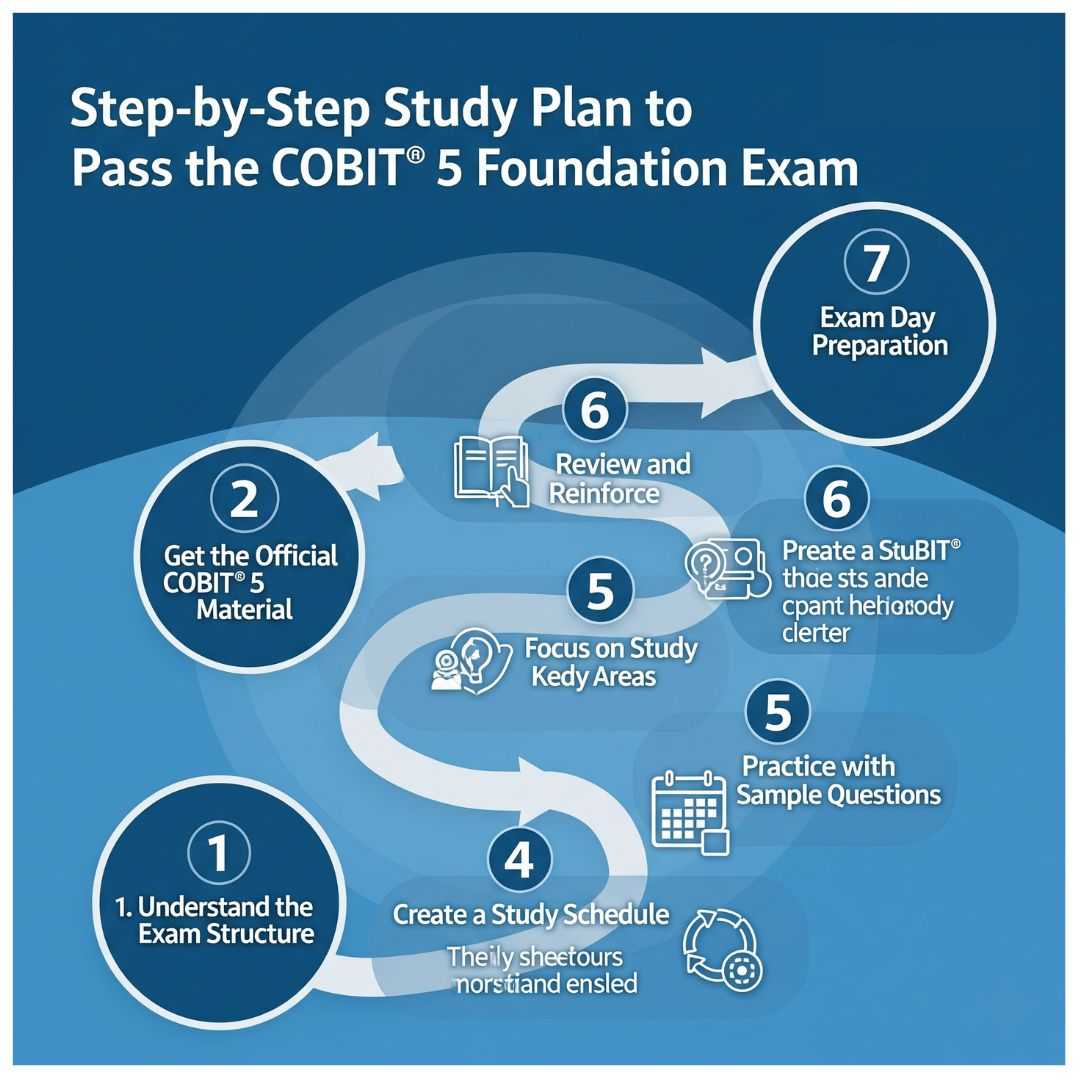

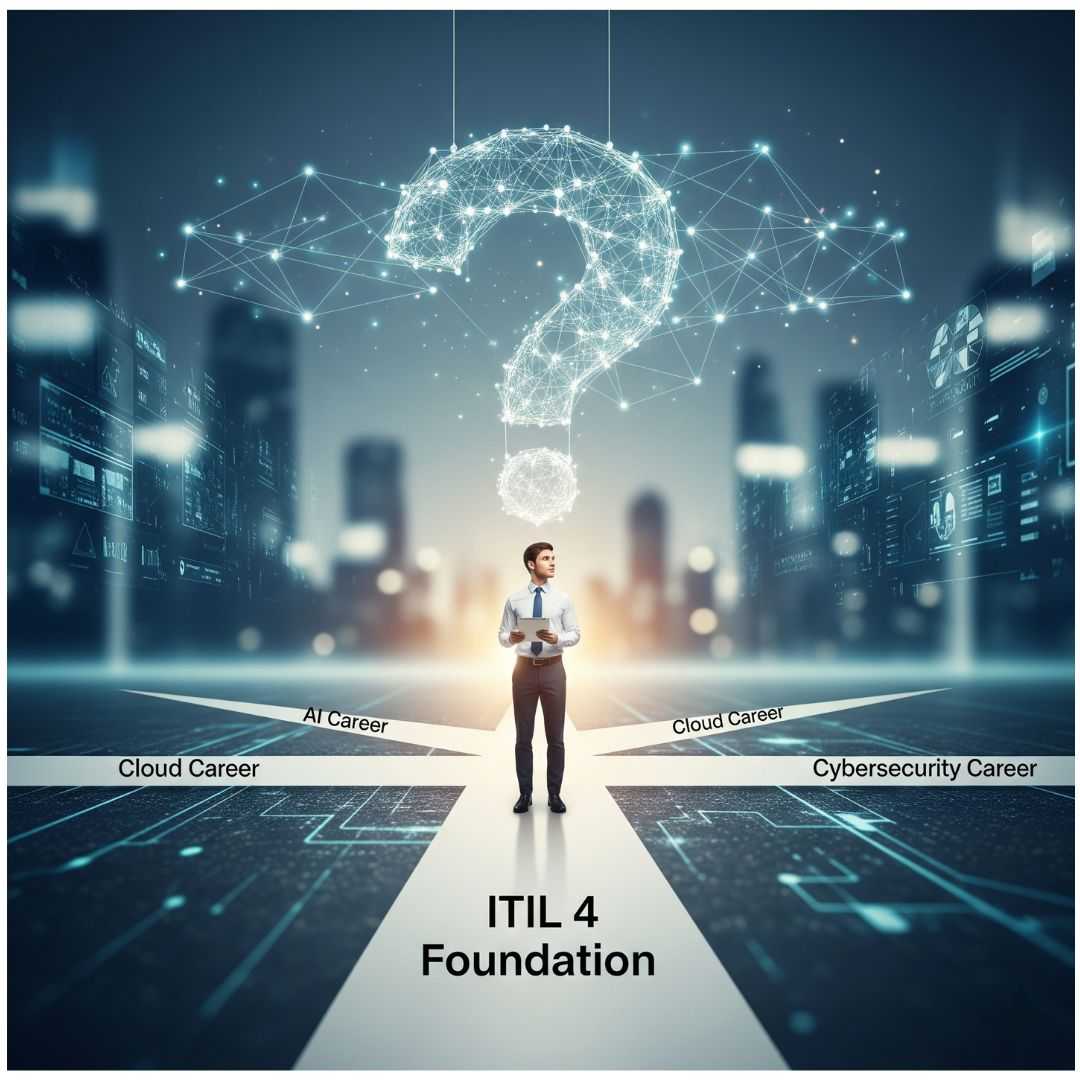

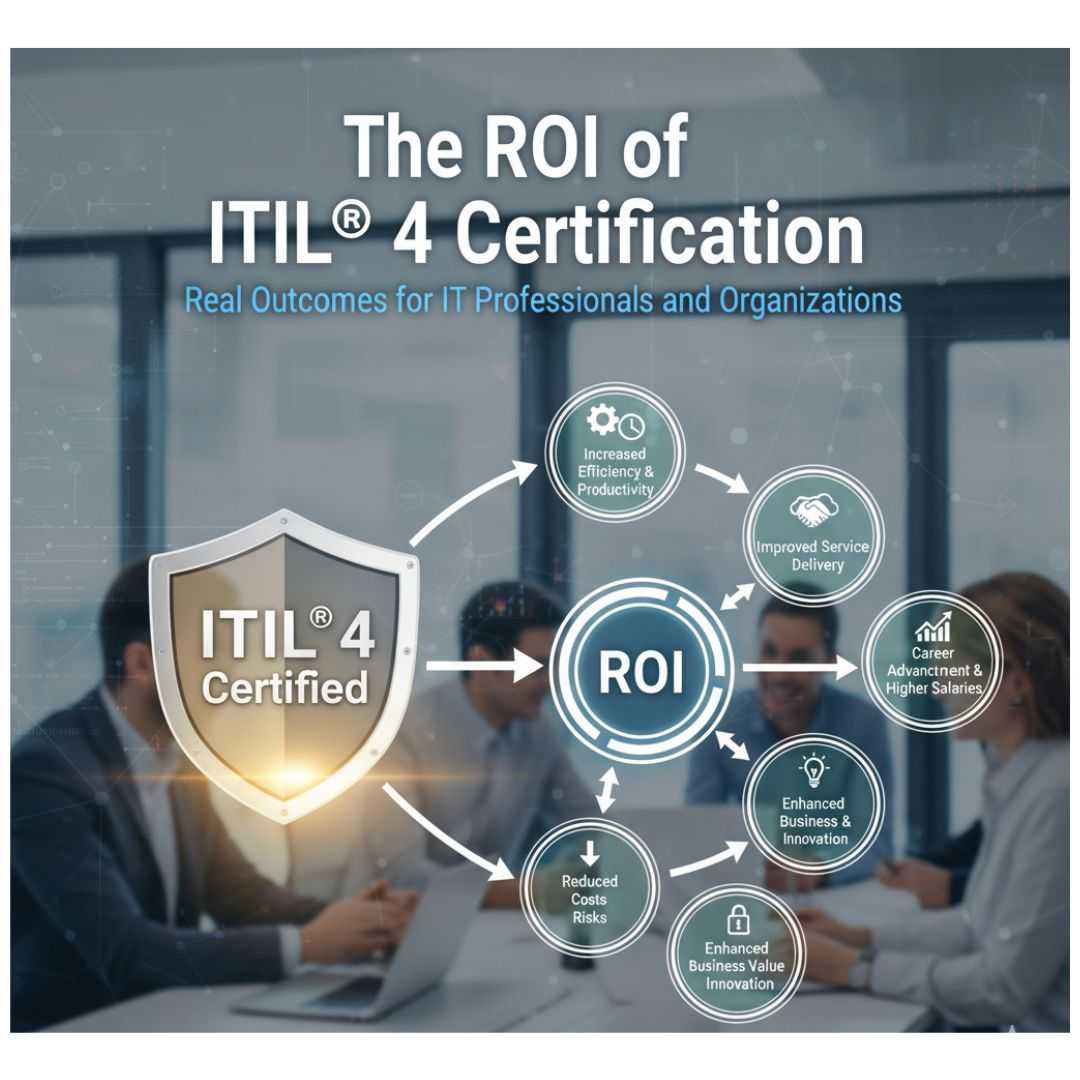



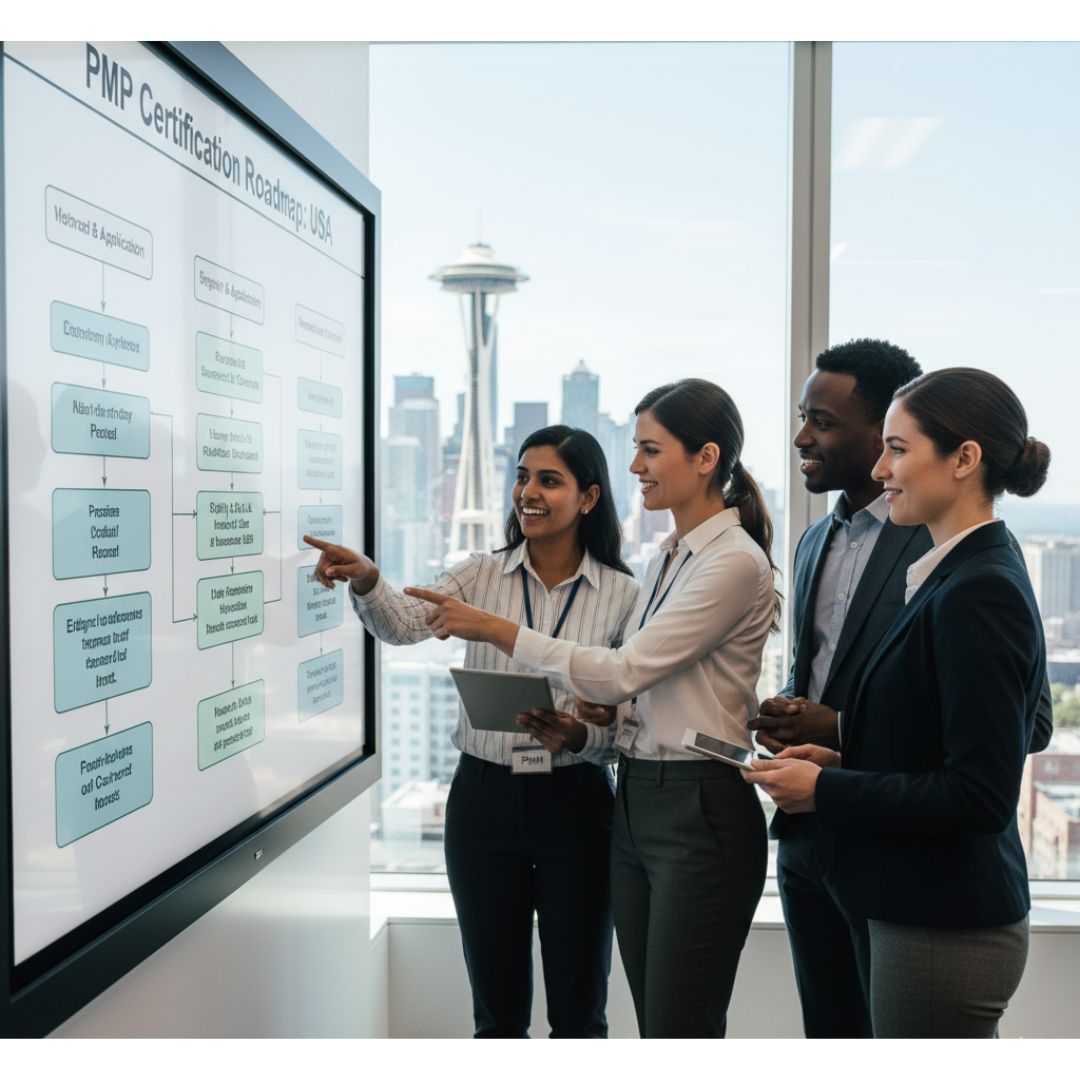

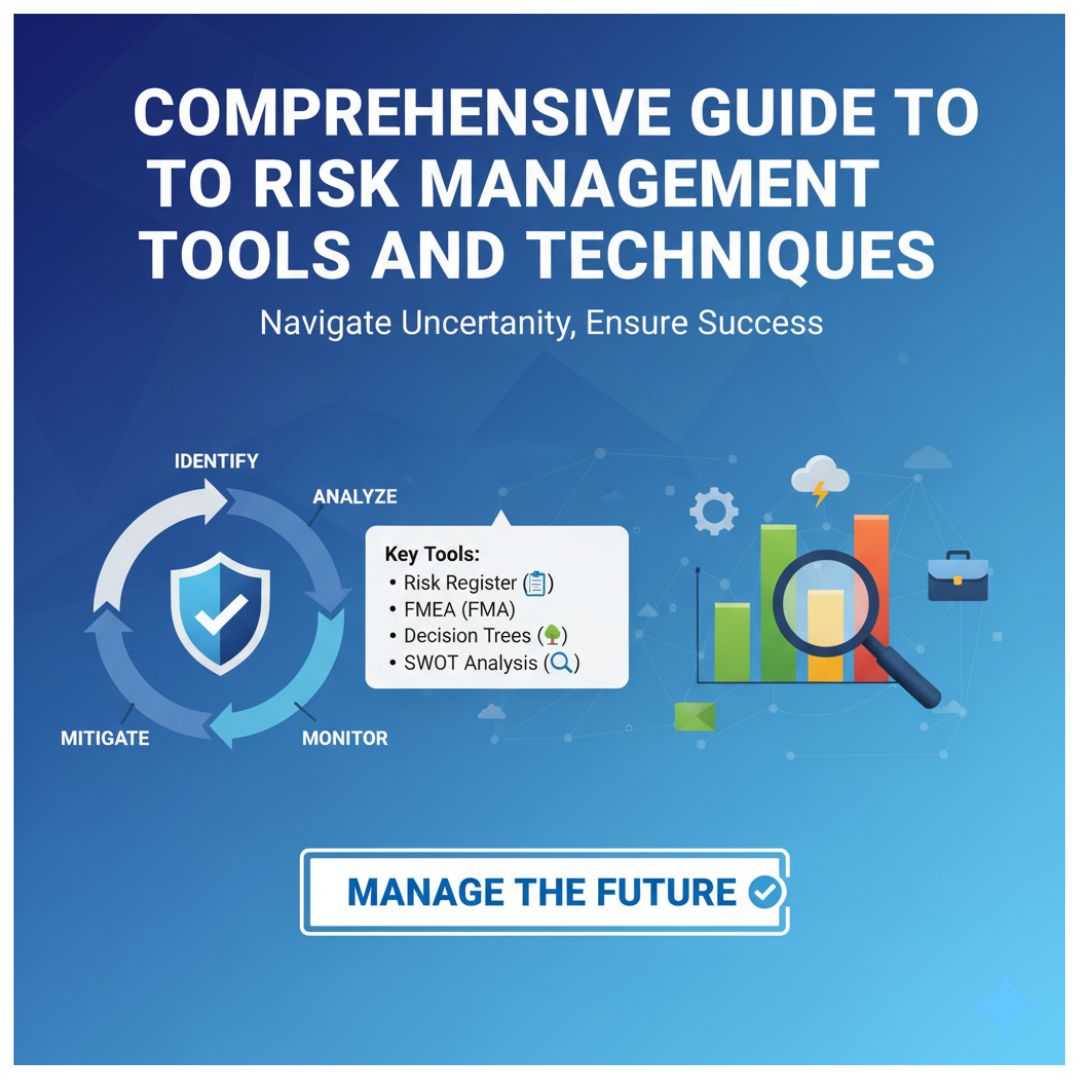


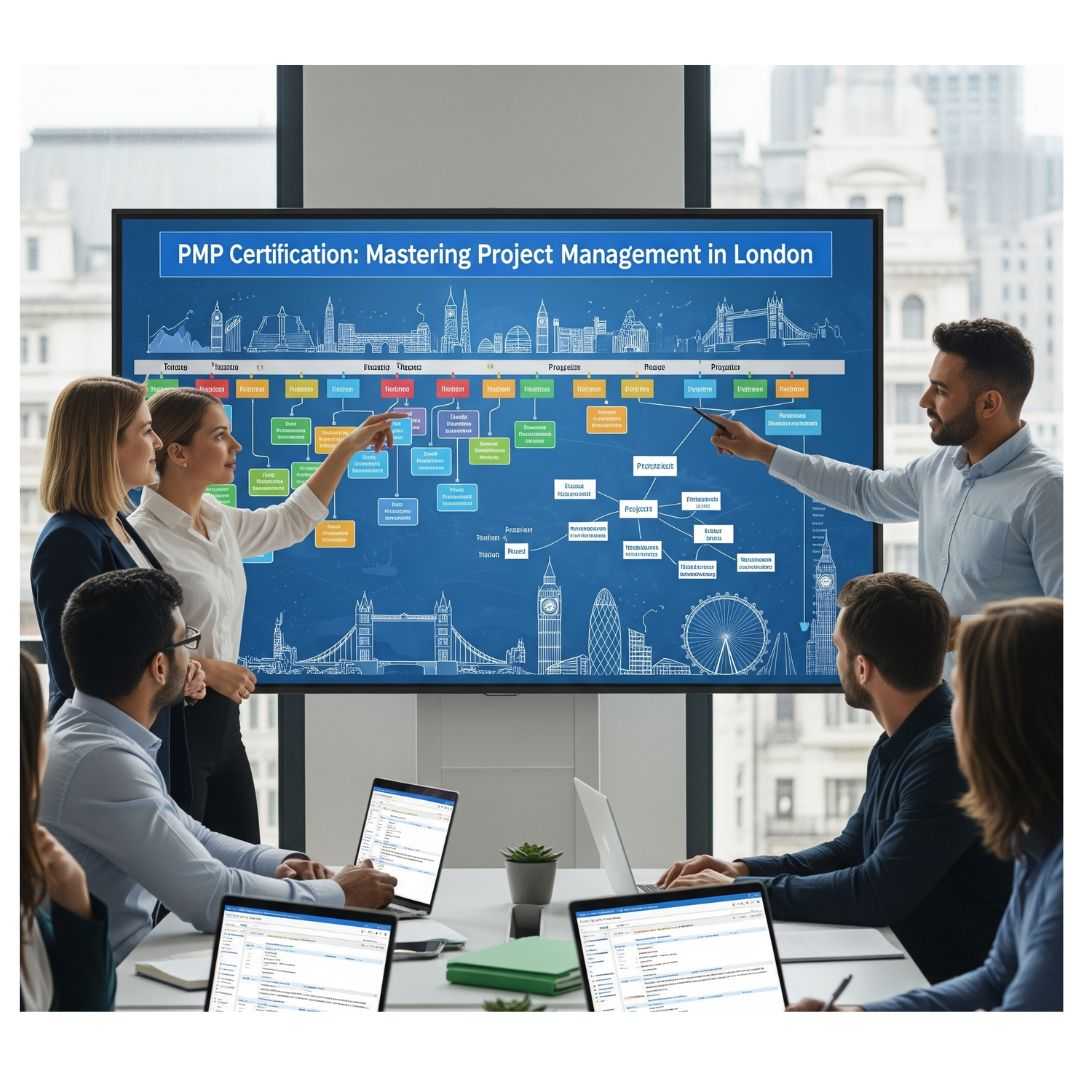
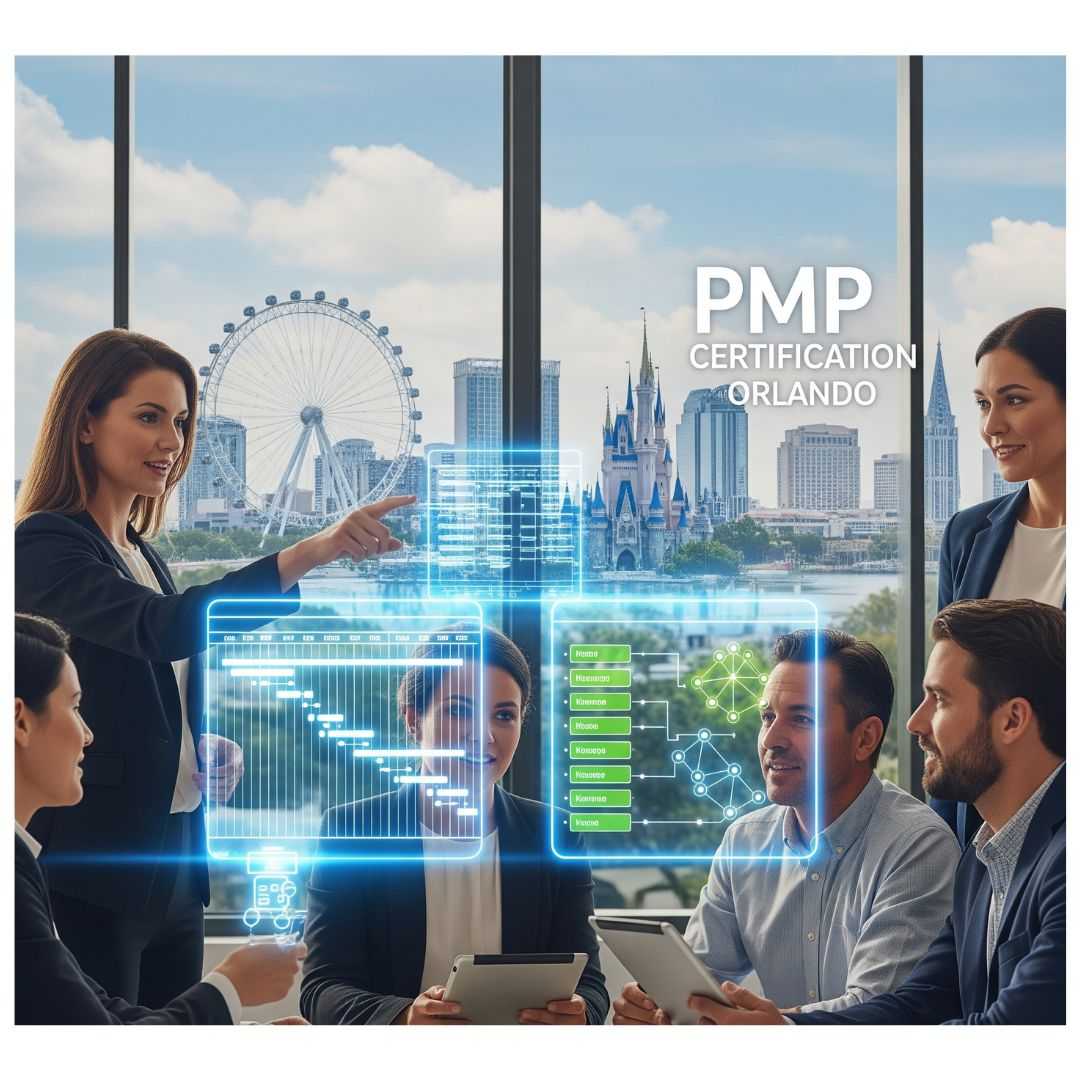





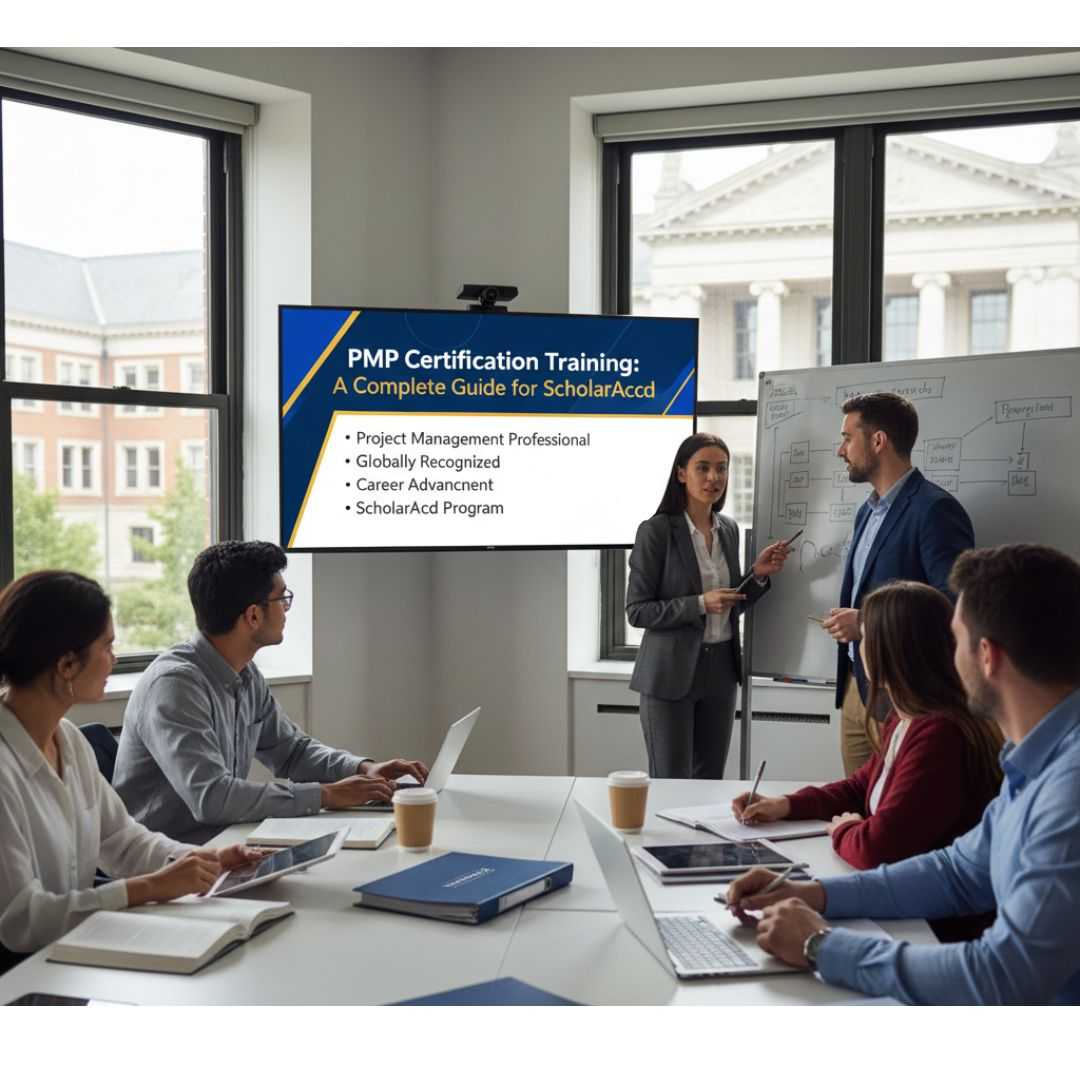
_1756885658_5bde5ece2b6f0dab9403.jpg)
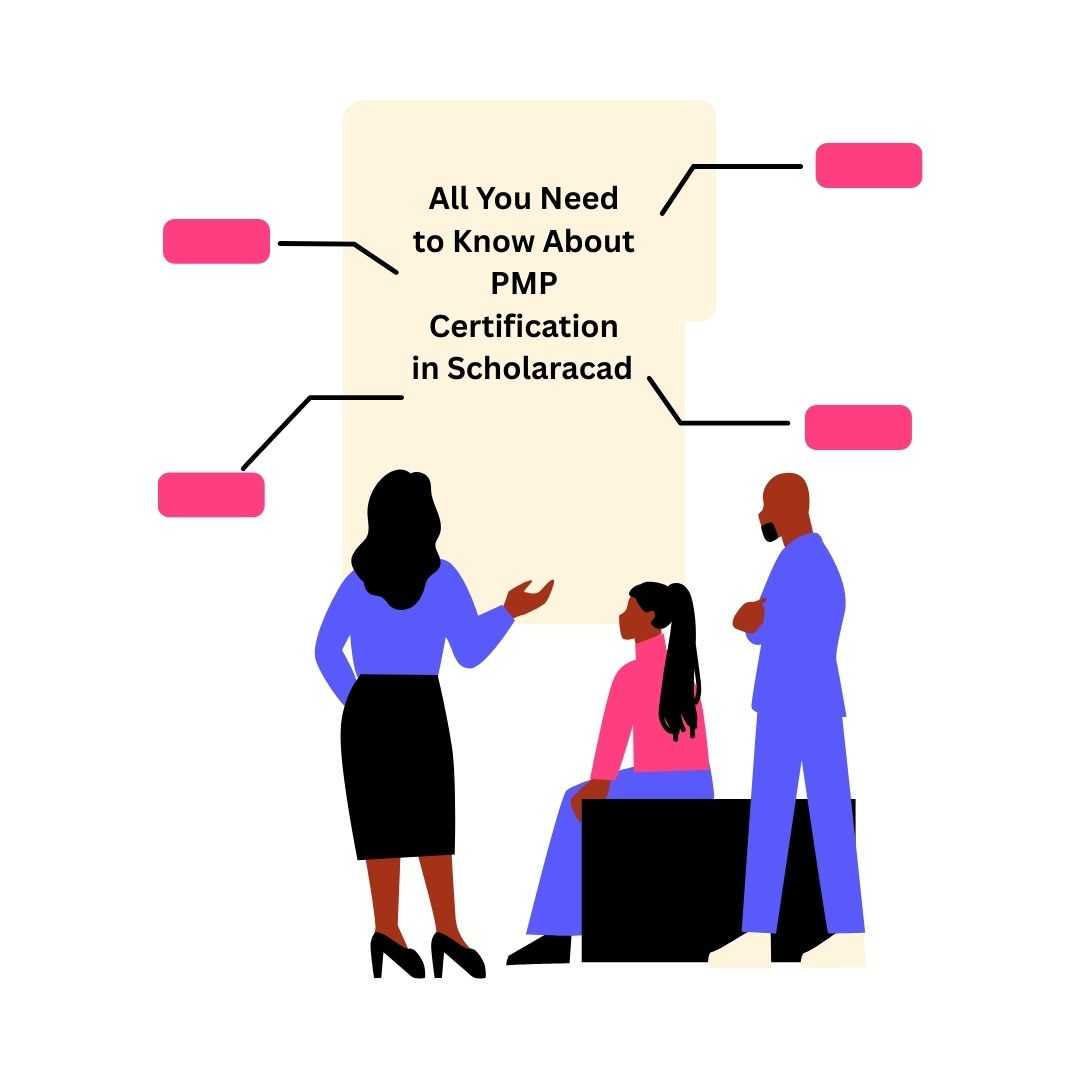


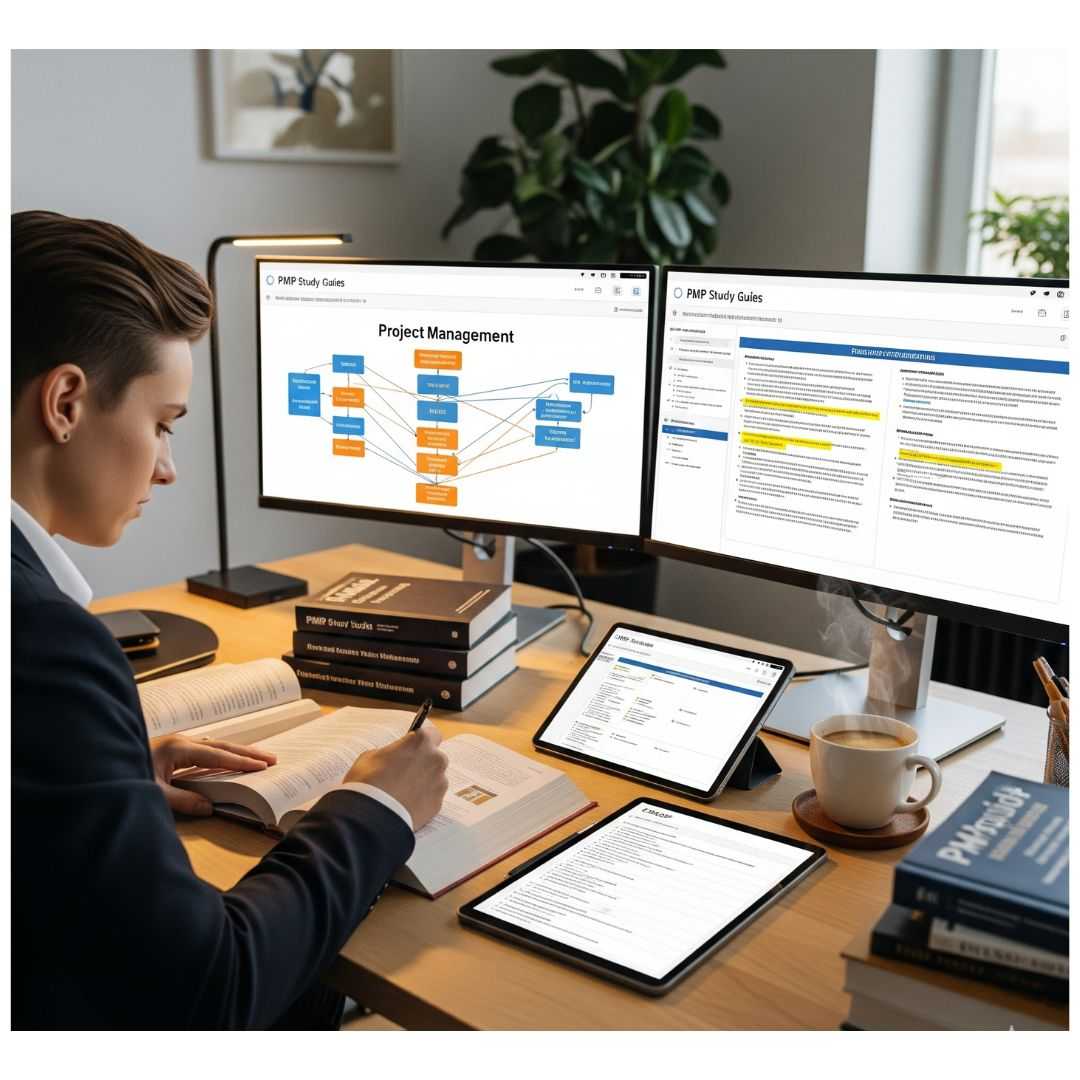


_1756789434_e9e0aac798c1162538f6.jpg)

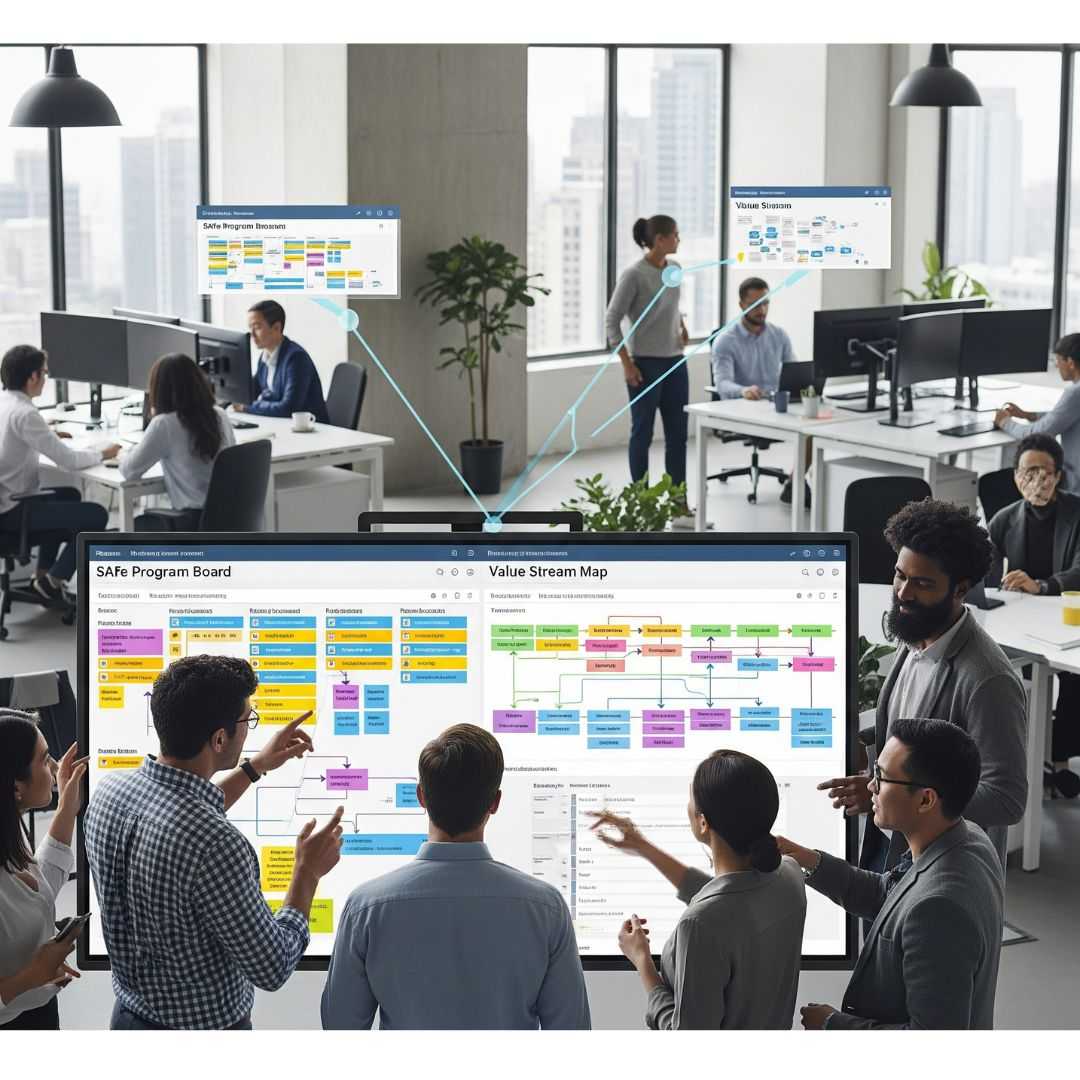






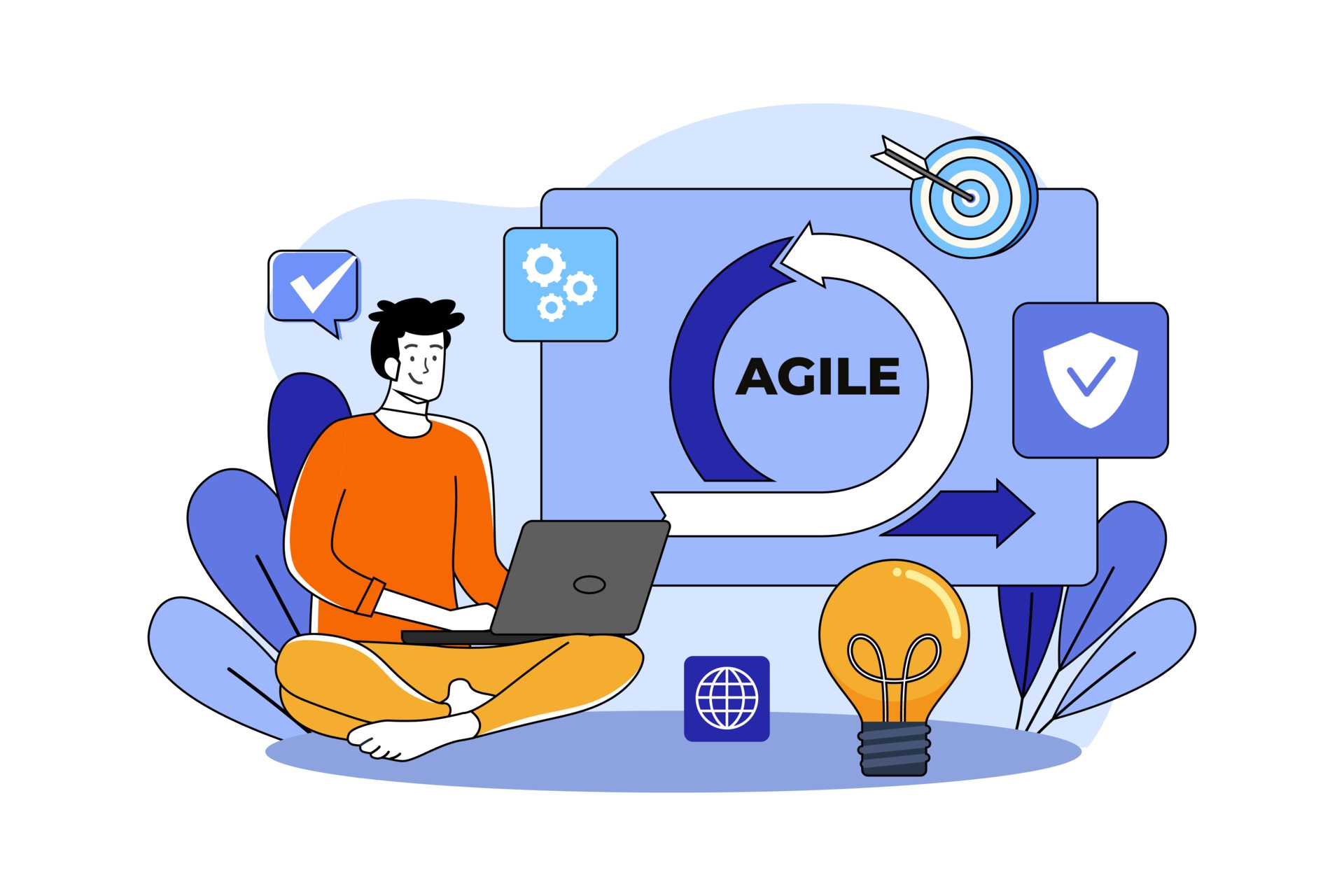



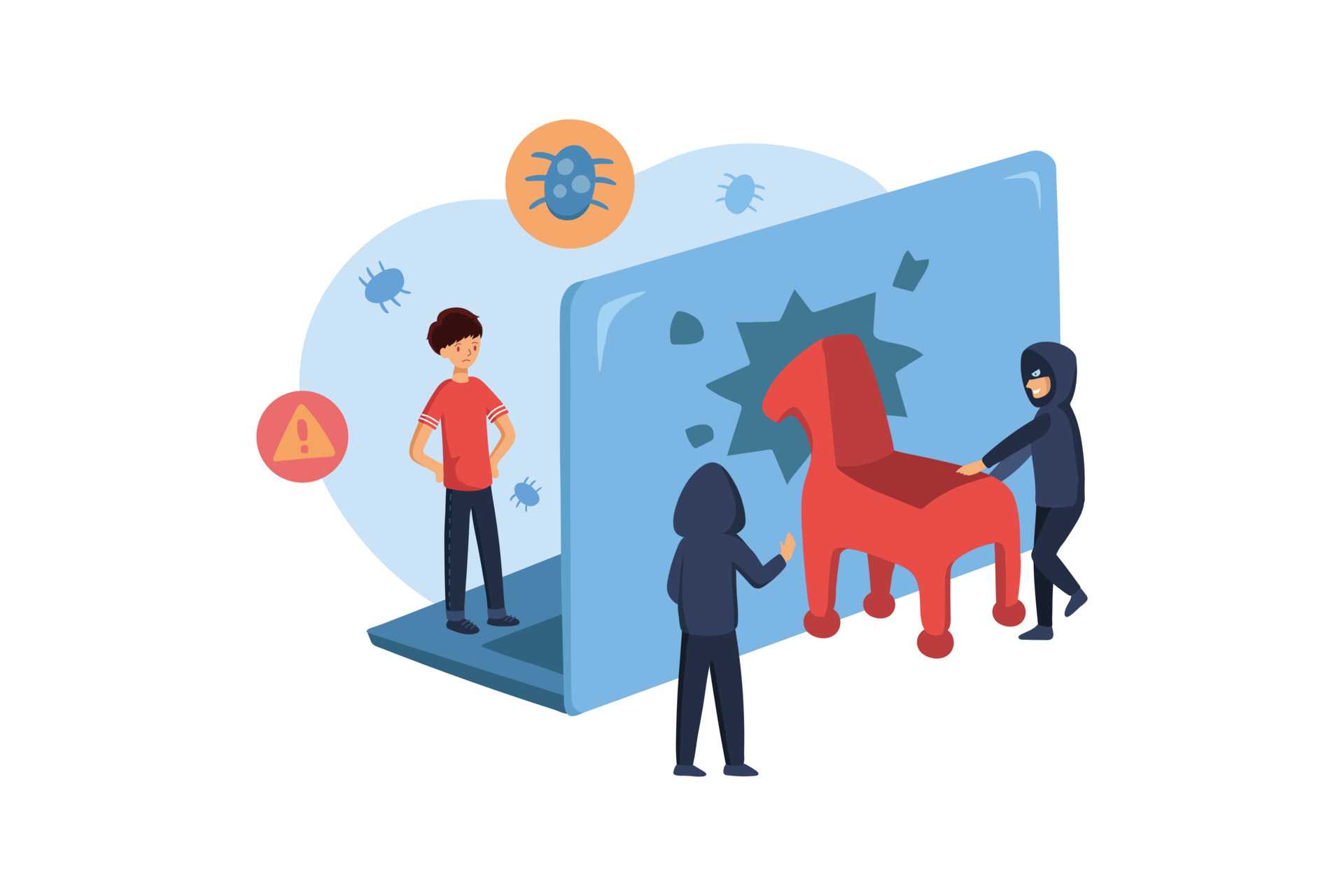



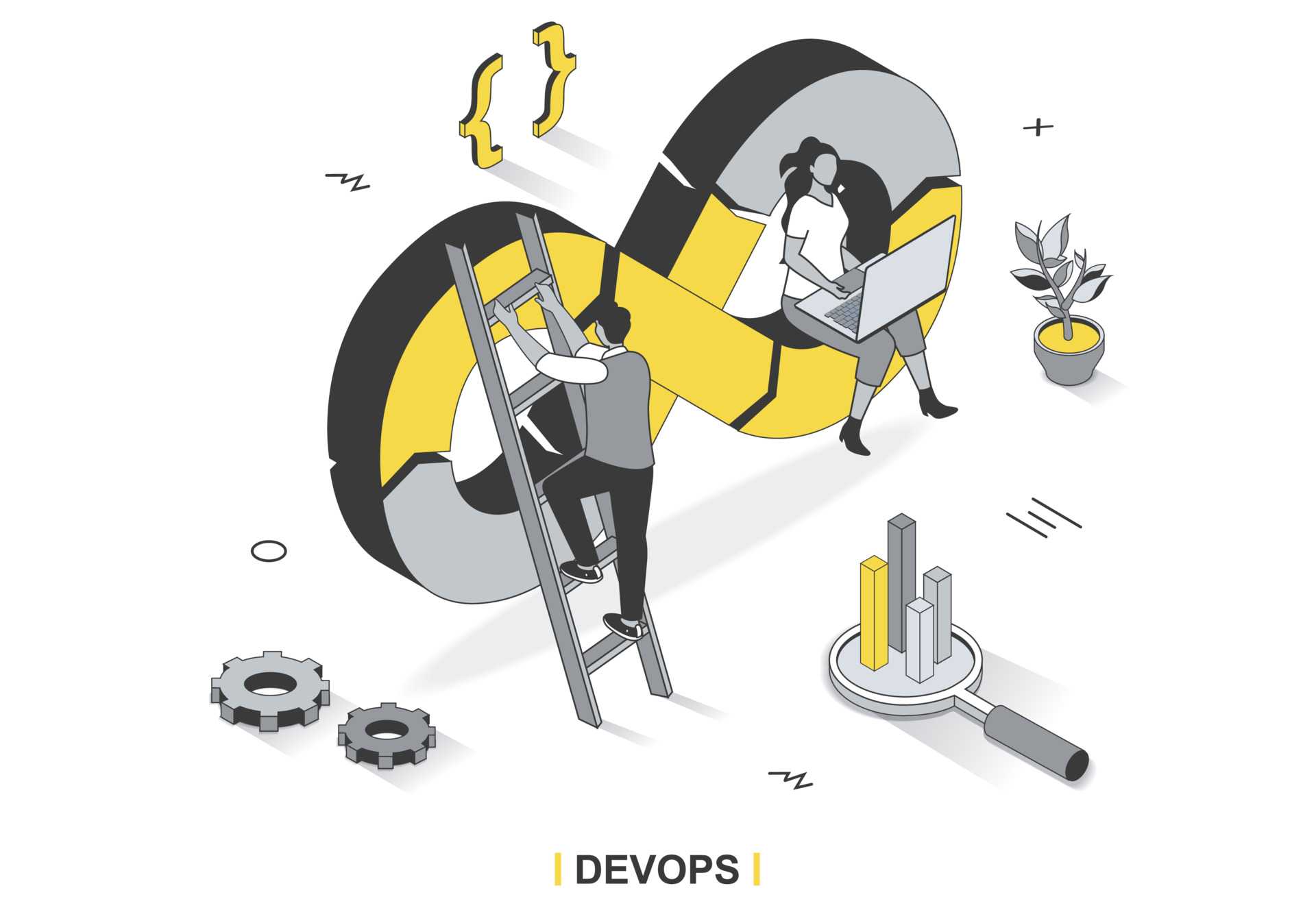
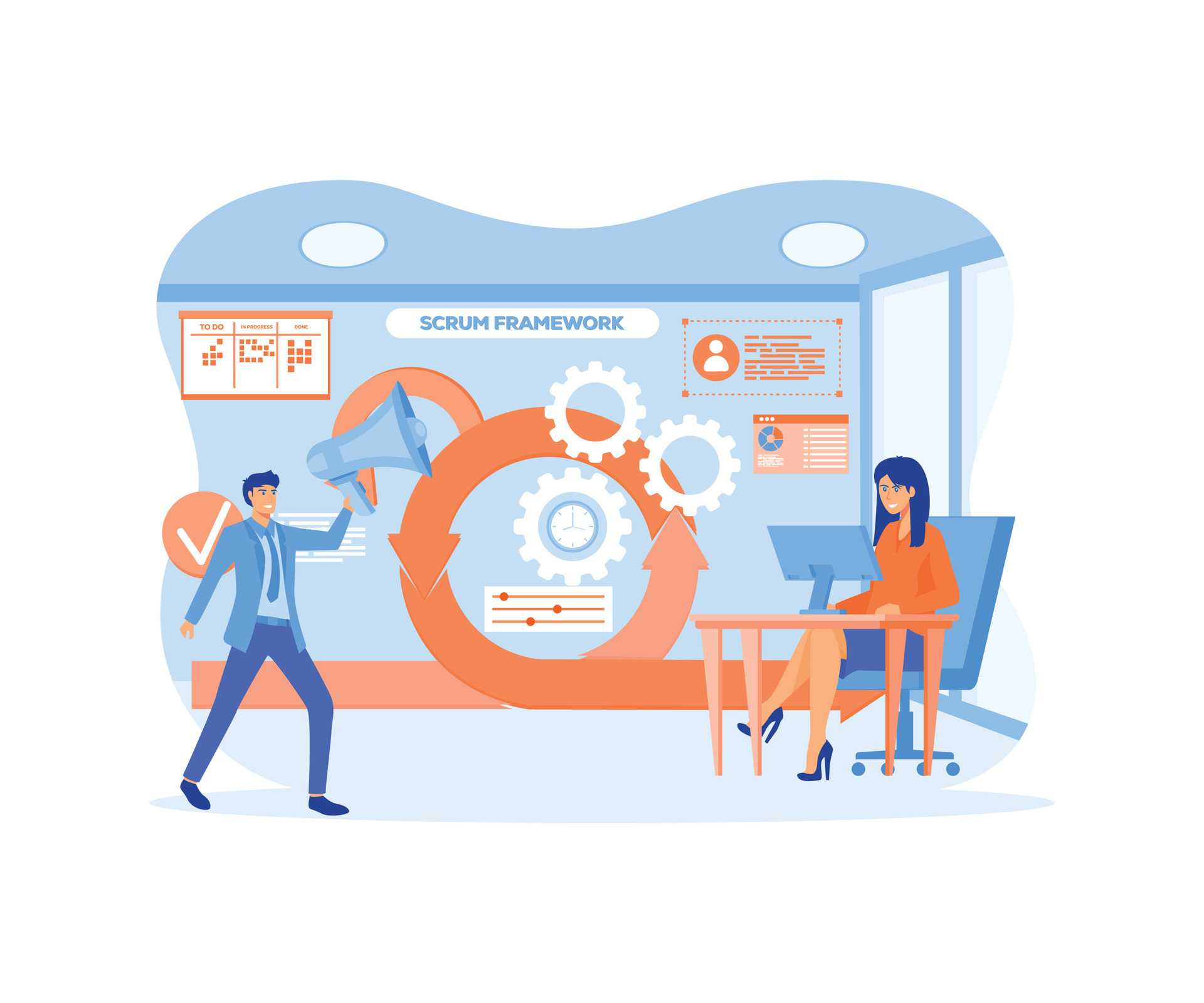


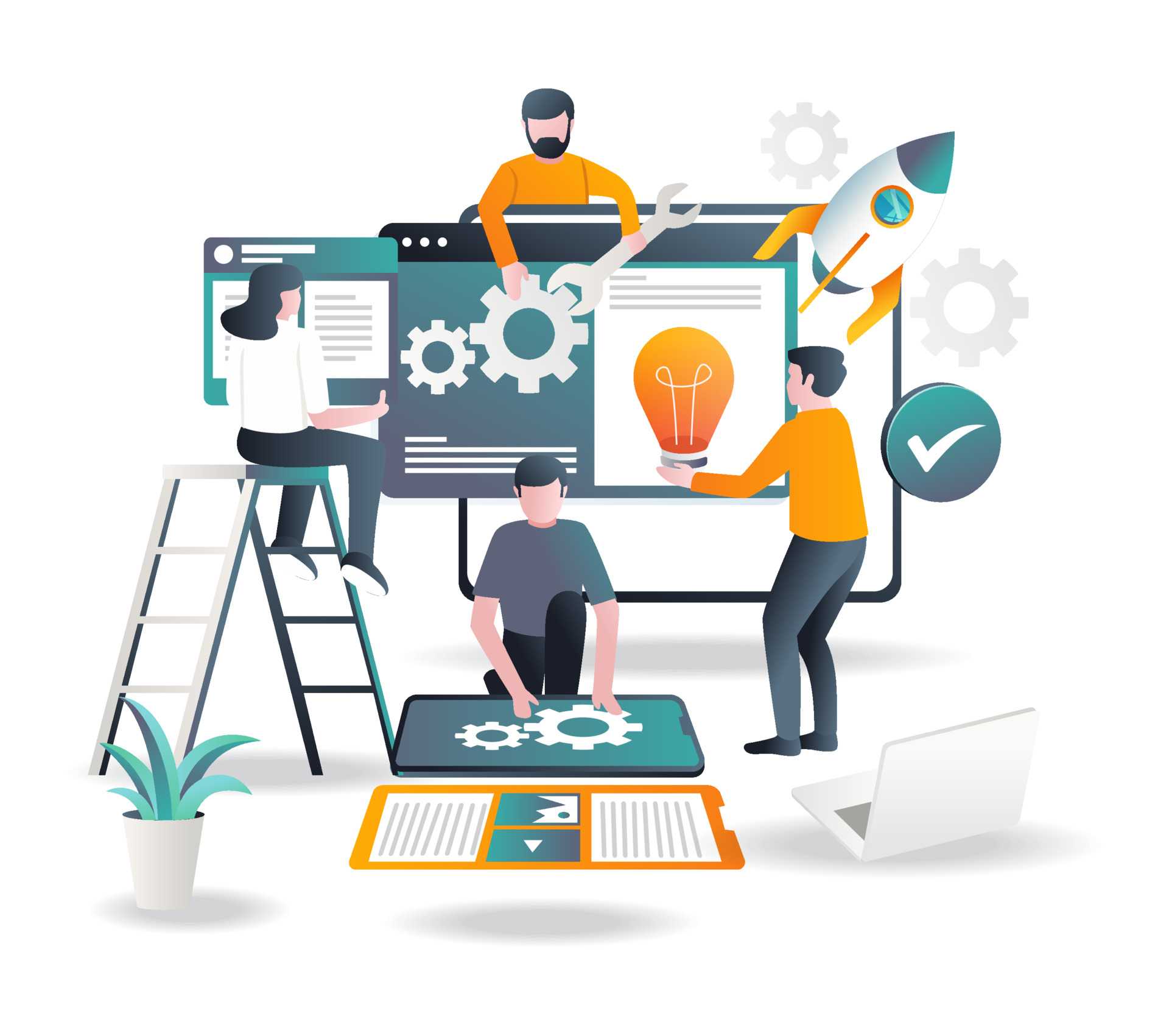


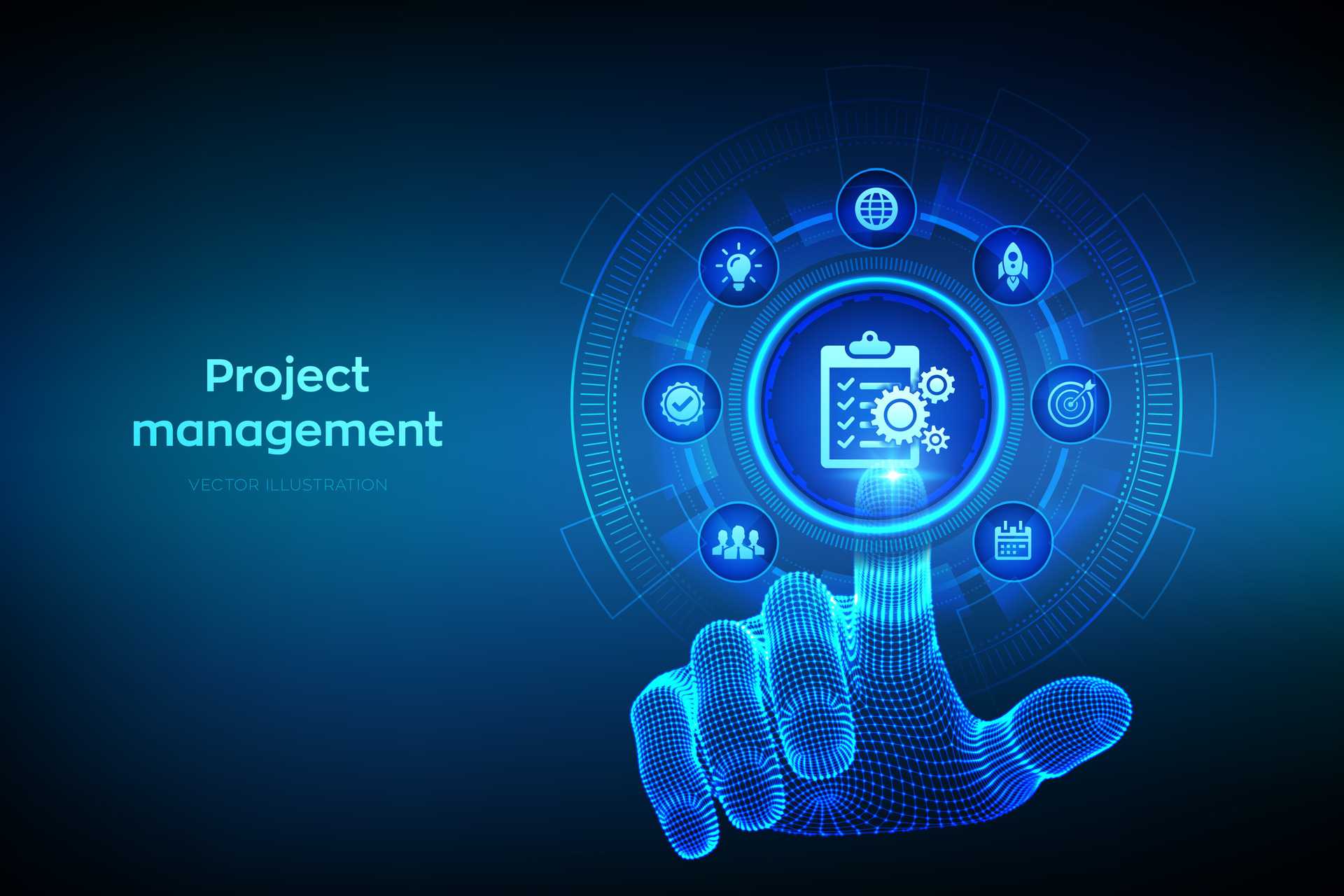





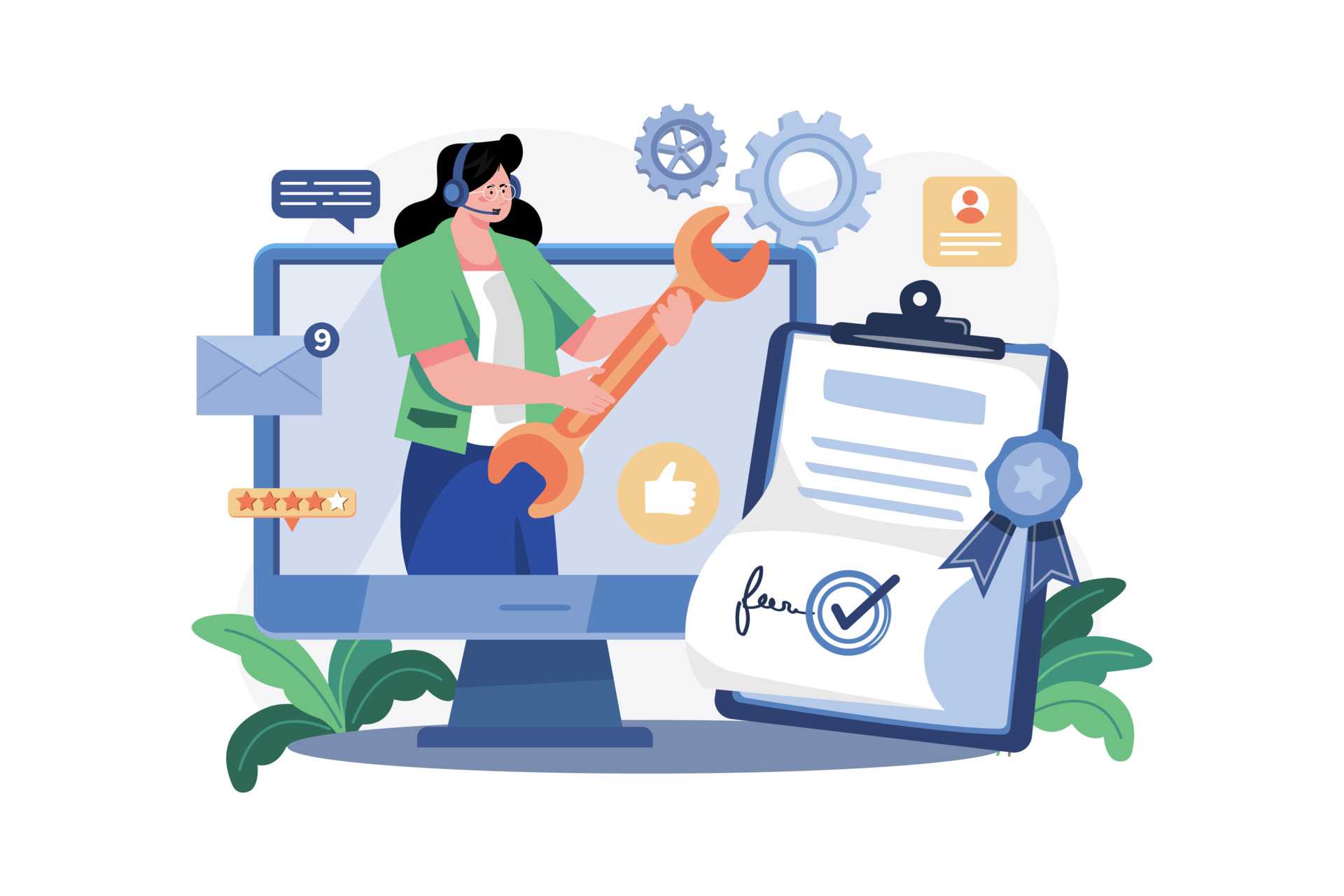


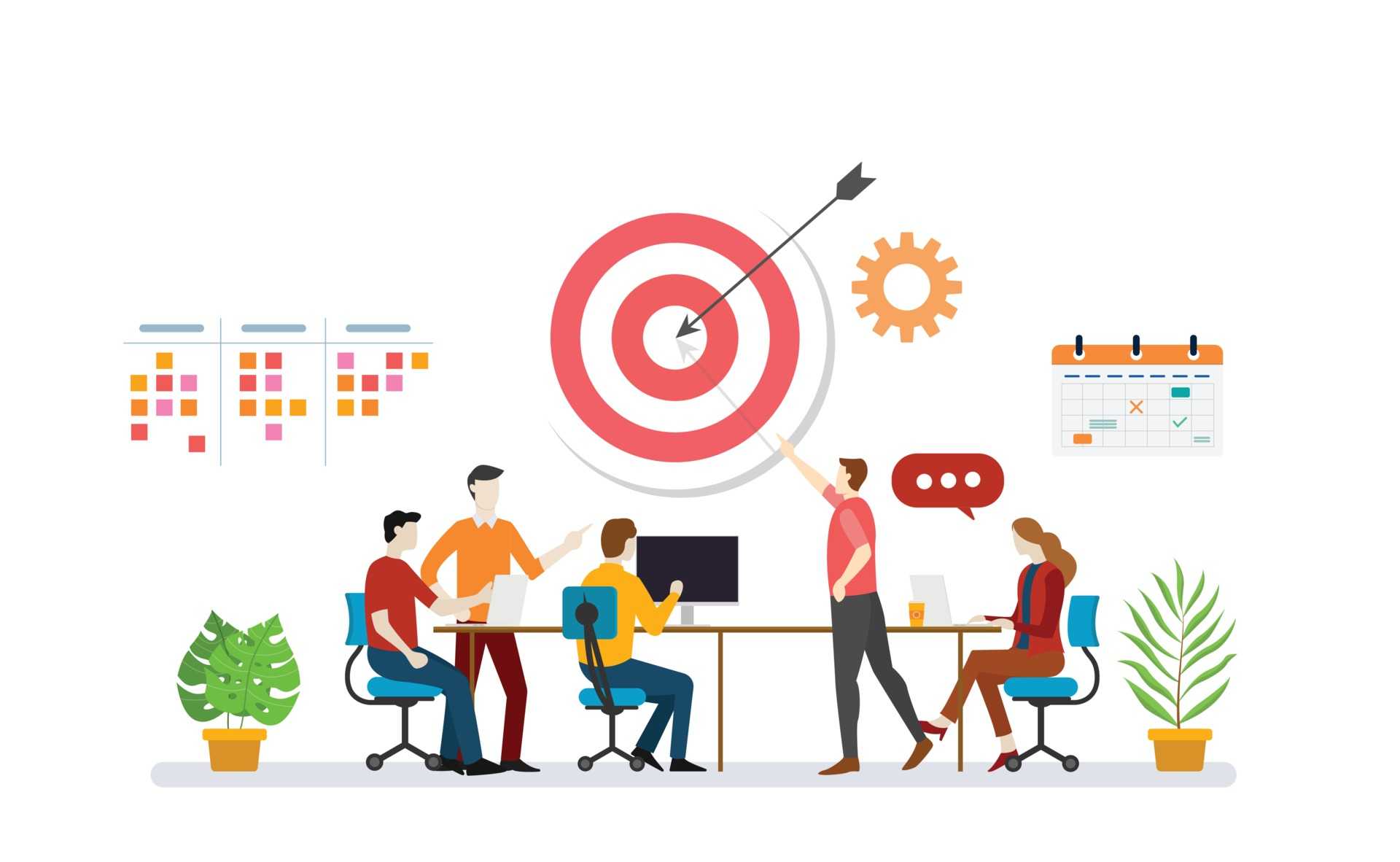

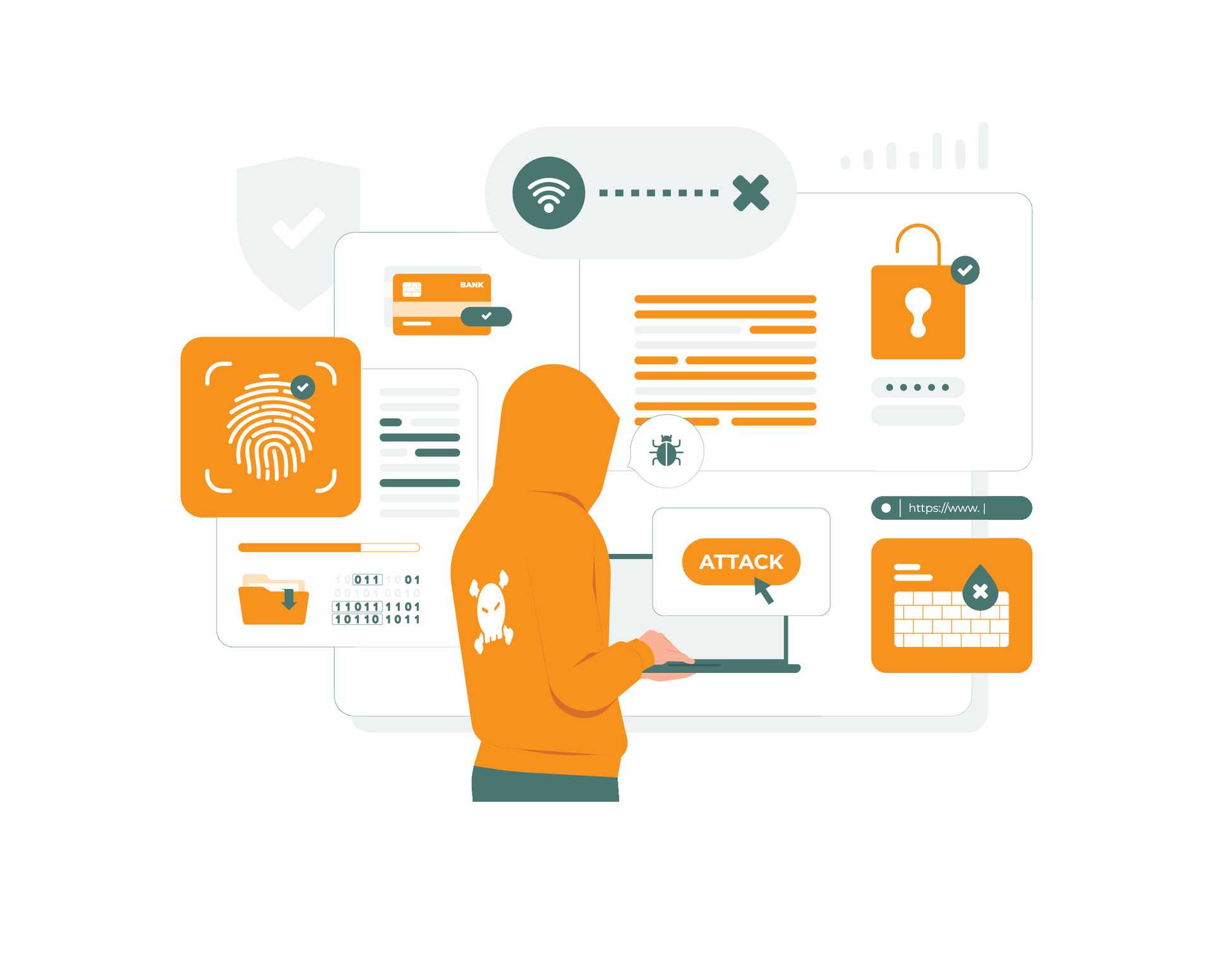
























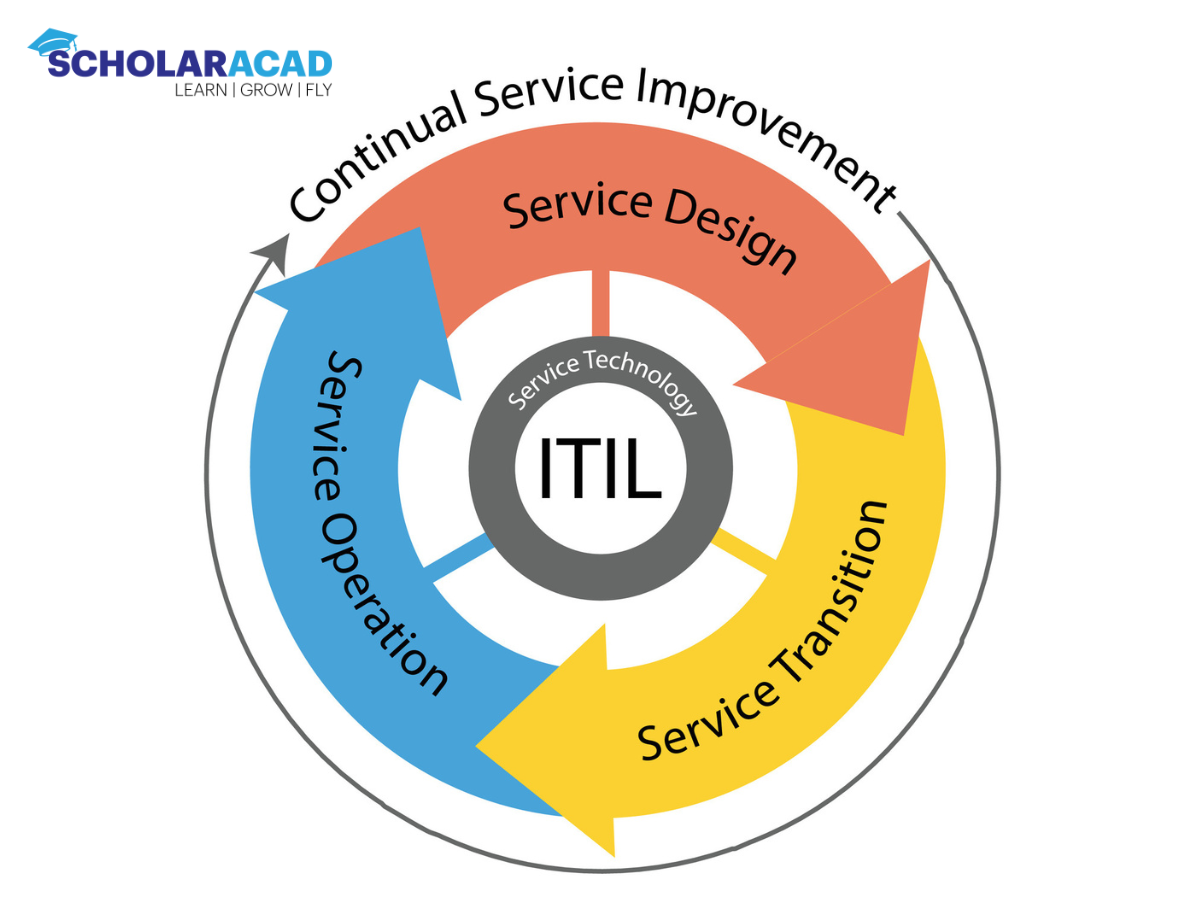



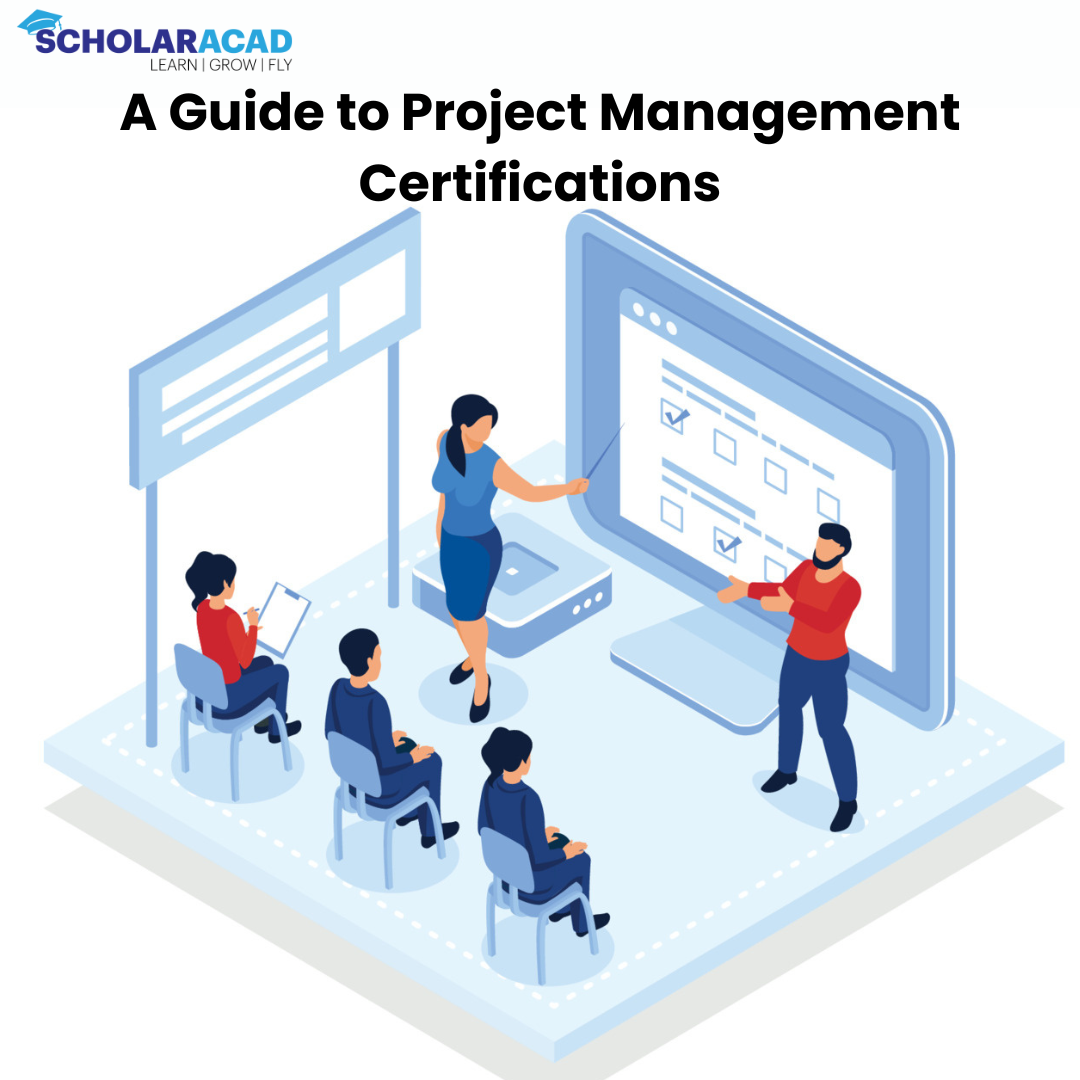
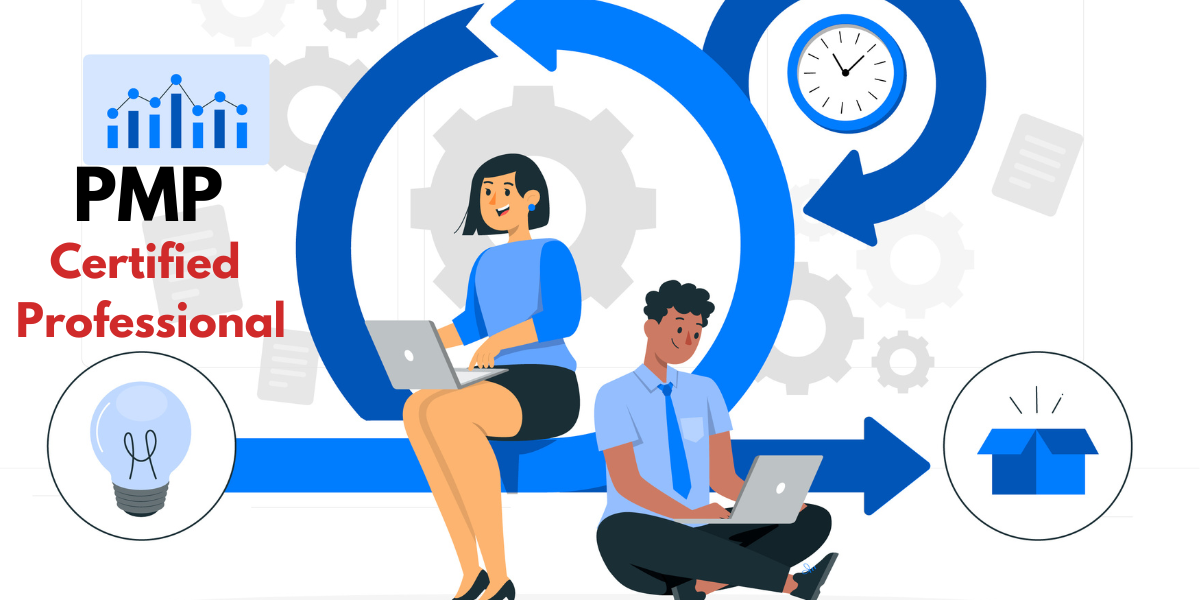
_1715671737_078967910384216bd6b3.jpg)






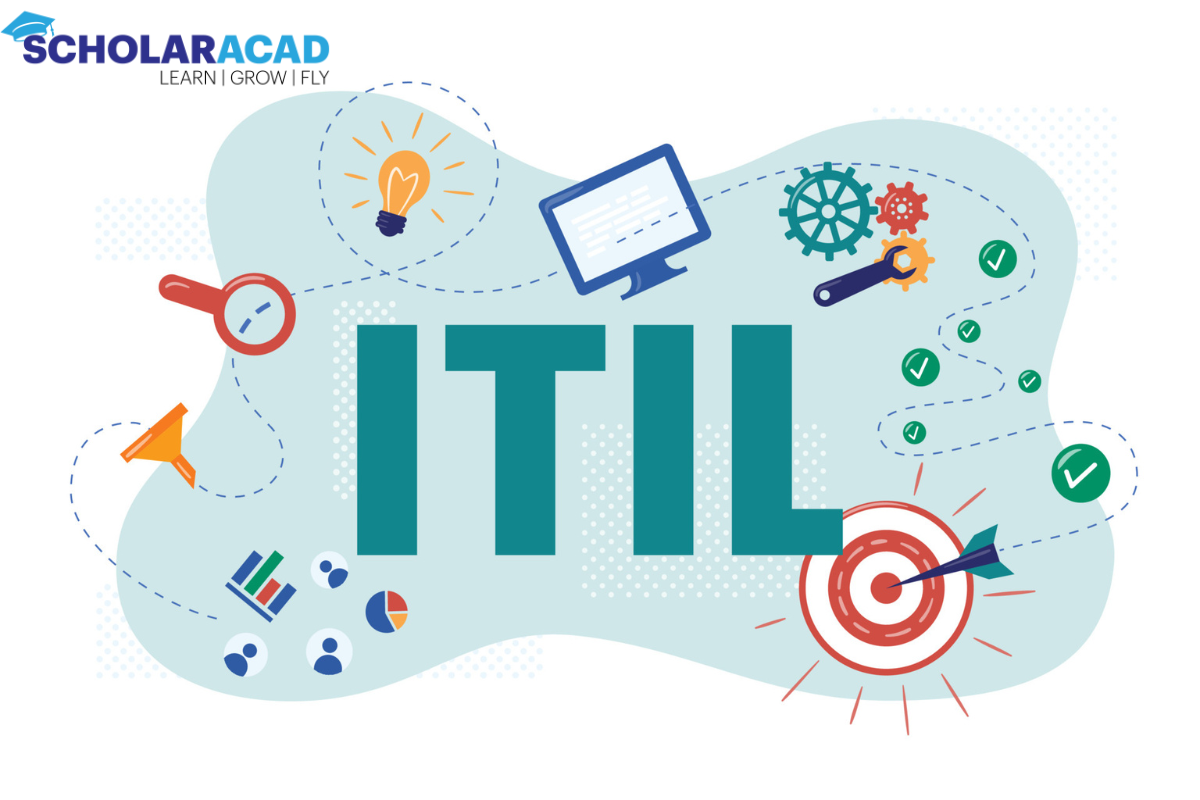


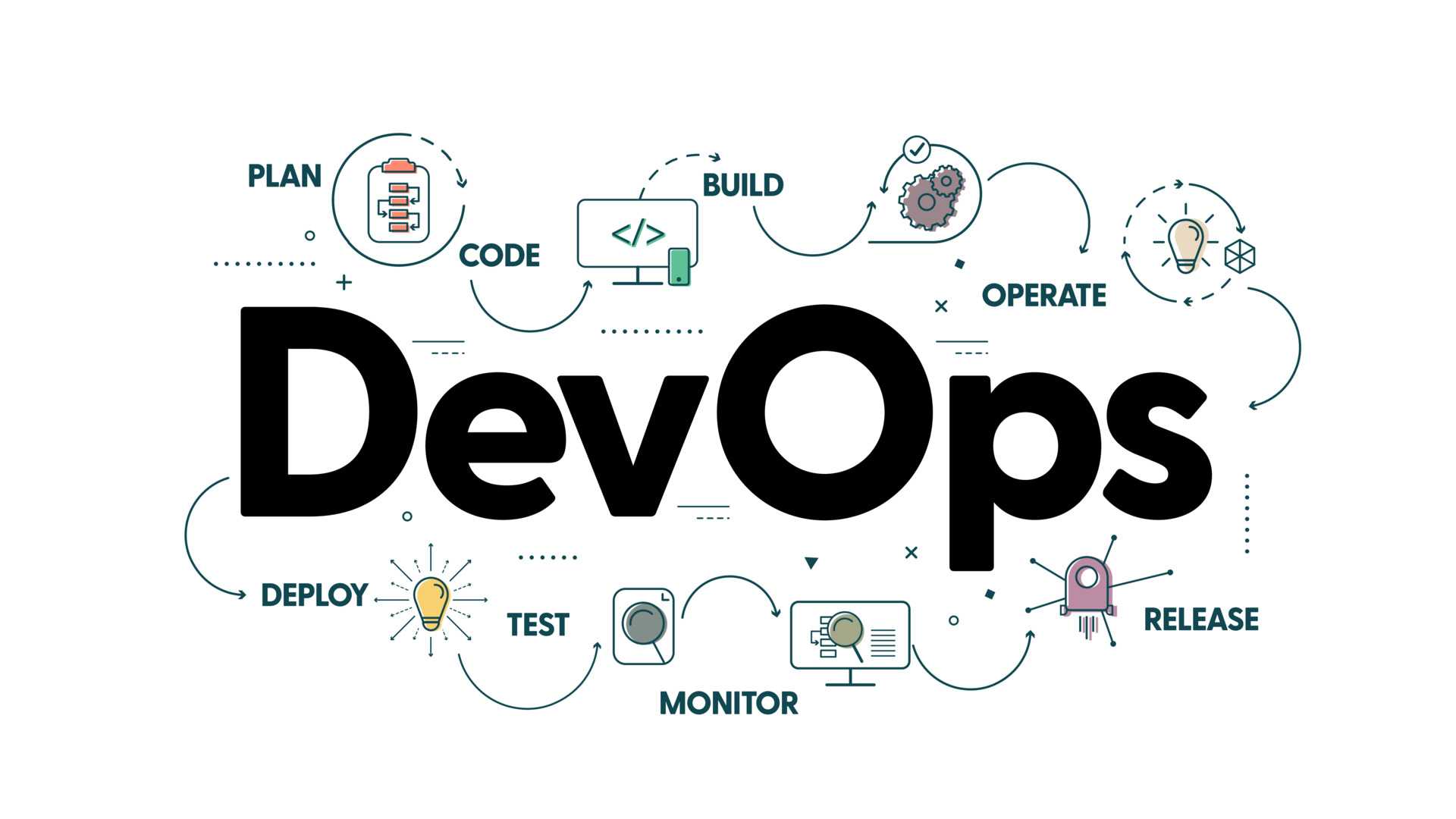

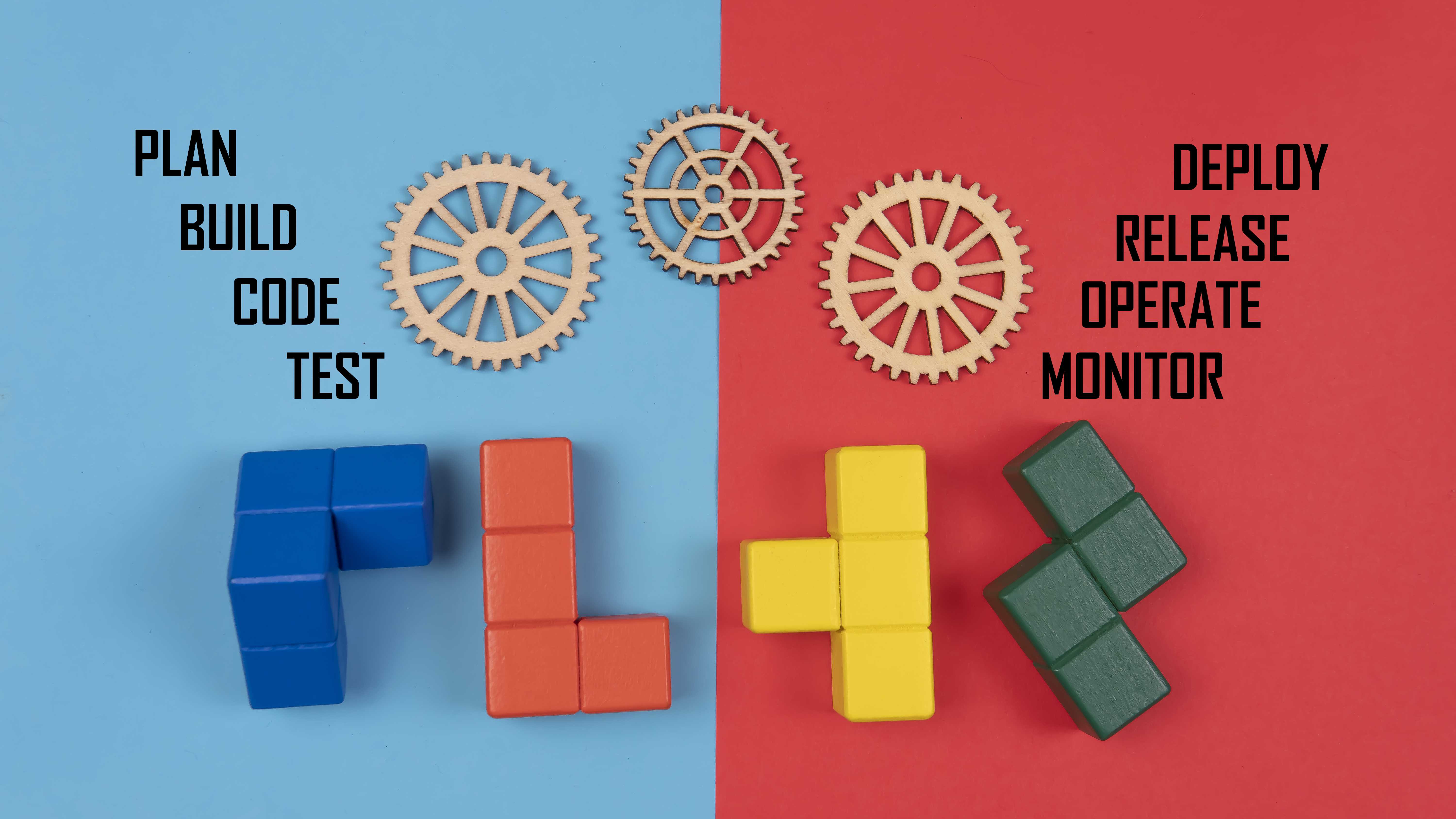
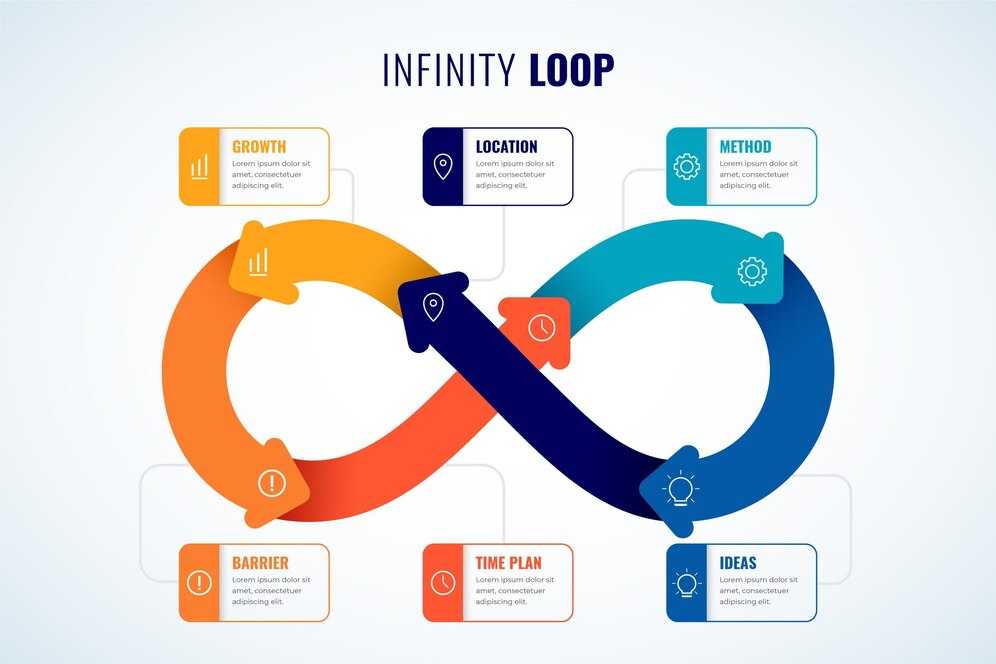
_1712044840_c07a78ec6a0a9aaf68f2.jpg)
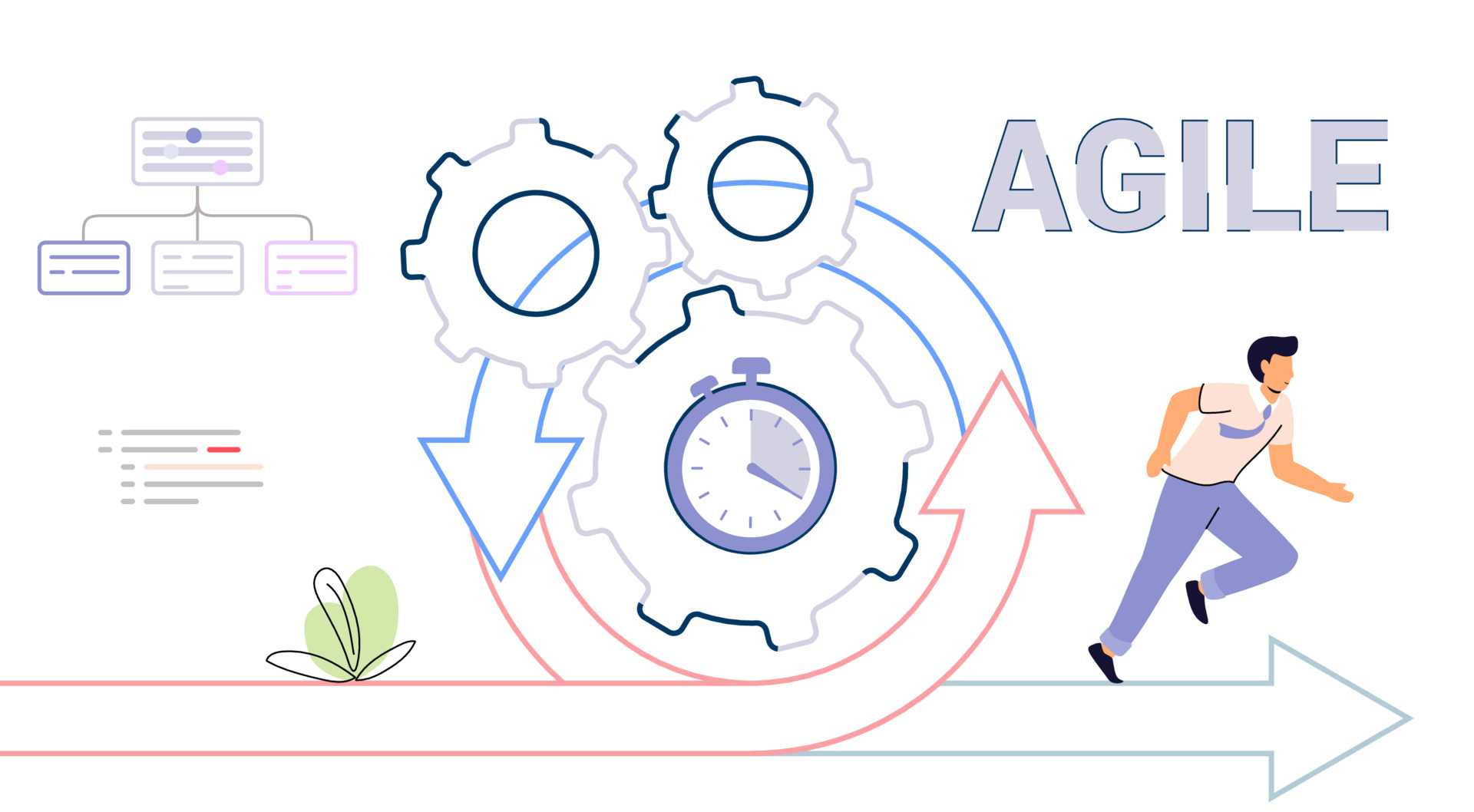

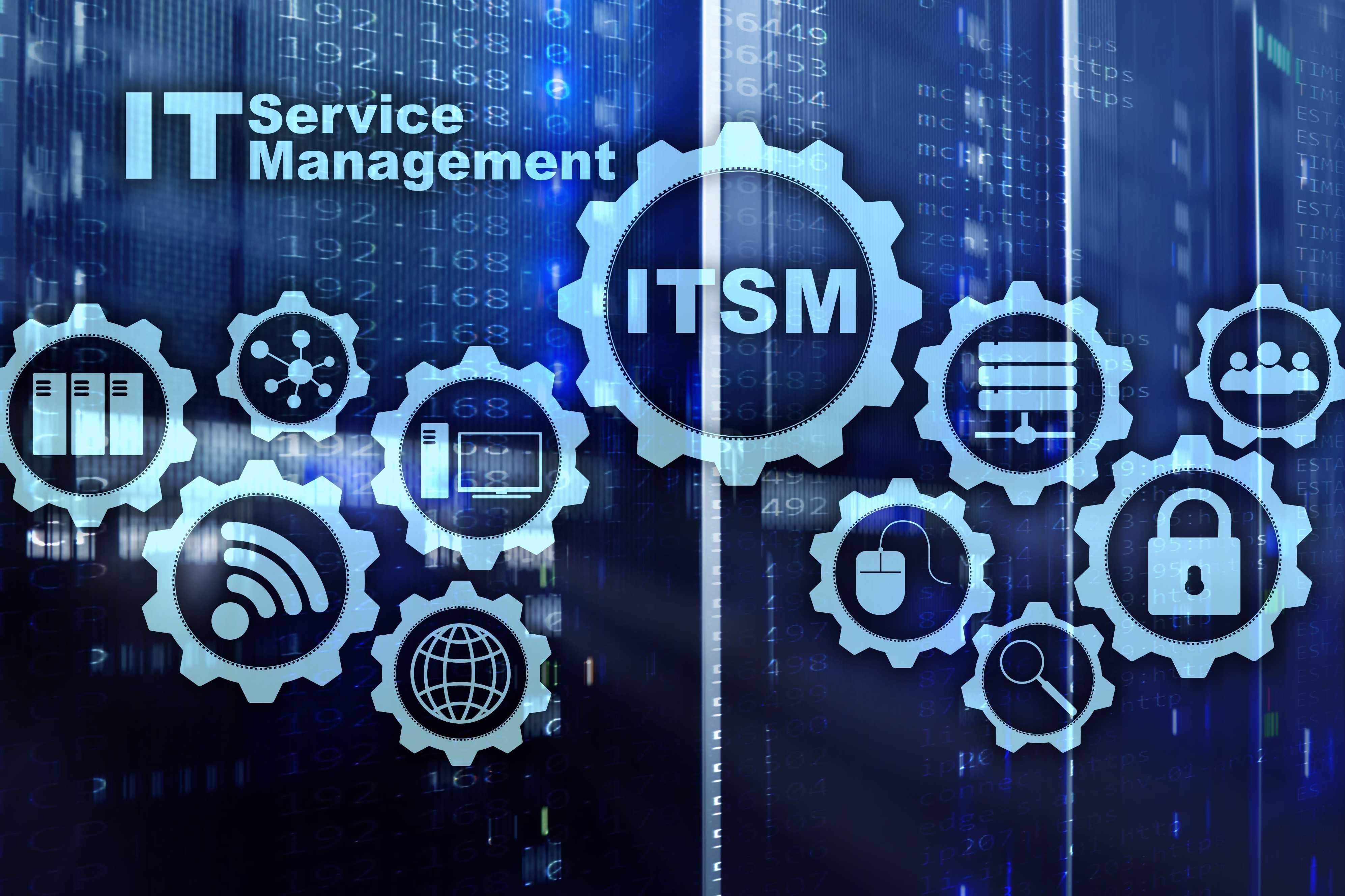

_1701798801_c3b578871fef398593a2.jpg)




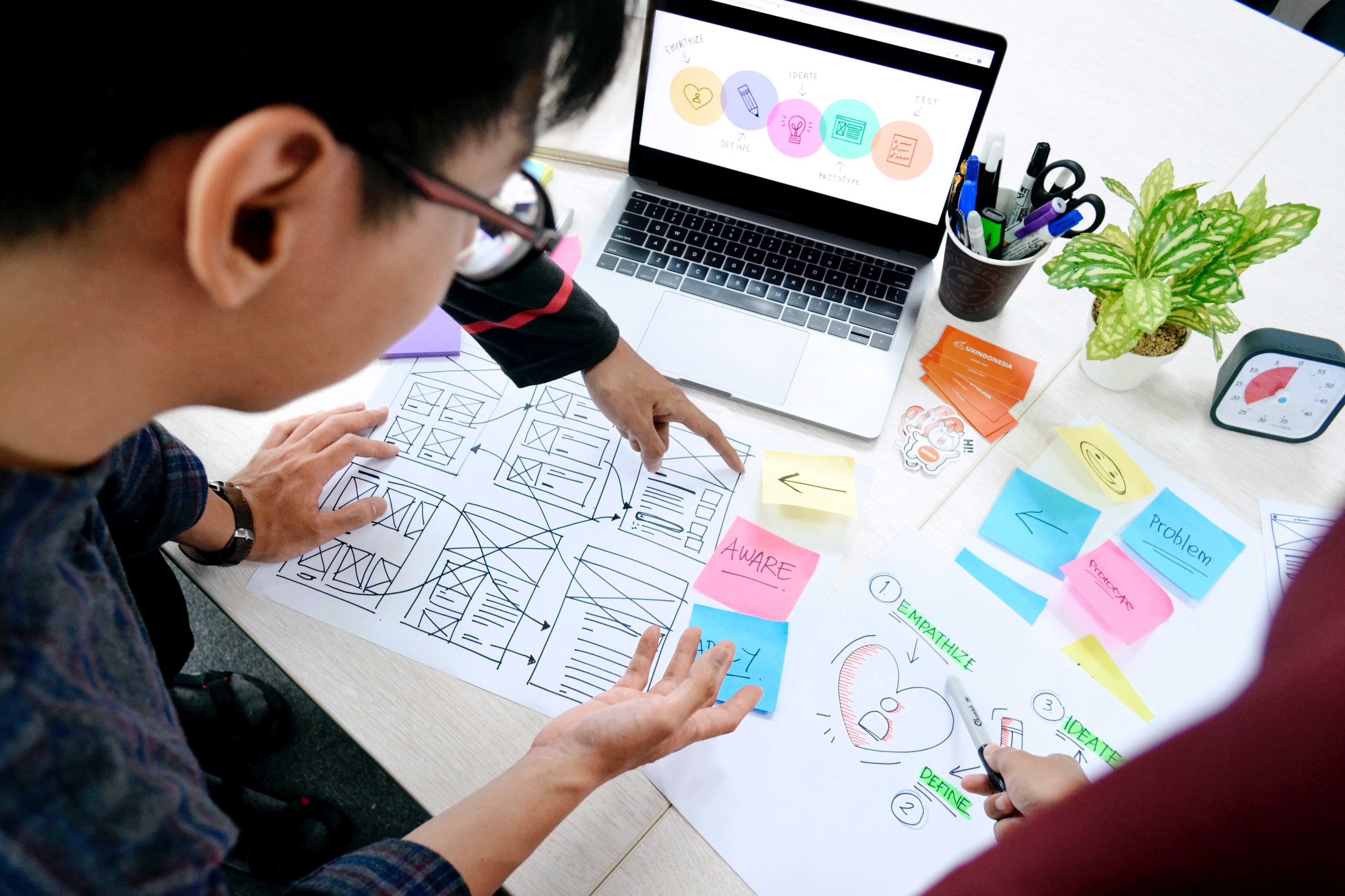

Copyright © 2025. All rights reserved by Scholaracad
